Before World War II Dresden was known as ‘The Florence of Elbe’ because of its magnificent beauty and architecture. It had many beautiful and historic palaces, cathedrals, baroque and rococo style buildings. Dresden’s contribution to war efforts was very minimal as compared to other German cities, but the allies and Red Army made no exceptions. When the war was ended, Dresden was in ruins, all its buildings destroyed, and thousands of civilians were dead.
As the Red Army became stronger and they captured city after city, Hitler used his full force to defend Berlin. The Russians faced very minimal resistance while capturing the city. Dresden was targeted with ‘Saturation bombing’, in which the industry and civilian portions of cities are obliterated along with troop areas. Such attacks, Allied command reasoned, would ravage the German economy, break the morale of the German people, and force an early surrender.
On the night of February 13, 1945, the Royal Air Force bombers dropped thousands of bombs in just a few hours. Dresden’s defenses were so weak that only six Lancaster bombers were shot down and by the morning the RAF bombers had dropped more than 14,00 tons of high-explosive bombs and more than 1,100 tons of incendiaries on Dresden. This attack destroyed most of Dresden’s infrastructure and killed thousands of people.
Later that day when the survivors made their way out of the smoldering city, the U.S. air force began bombing on Dresden’s roads, bridges, railways, and homes and killed thousands more. On February 15, another 200 U.S. bombers continued their assault on Dresden. The U.S. drooped 950 tons of high-explosive bombs and more than 290 tons of incendiaries during that day. Later the Eighth Air Force would drop 2,800 more tons of bombs on Dresden in three other attacks before the war’s end.
When the war was ended investigators and reporters from different countries visited Dresden and they estimated the death toll from between 10,000 to 200,000. The city was so badly damaged and all the historic buildings and landmarks had been destroyed in the ruthless airstrikes. The bombing methods used by the Allied were to encourage the destruction of buildings: the high explosive bombs first exposed the wood frames of buildings, then the incendiary bombs ignited the wood, and finally followed by various explosives to hamper the firefighting efforts.
Here below are some historical photos that depict the destruction and reconstruction of Dresden during and after World War II. Also, check the reconstruction of Dresden after World War II.


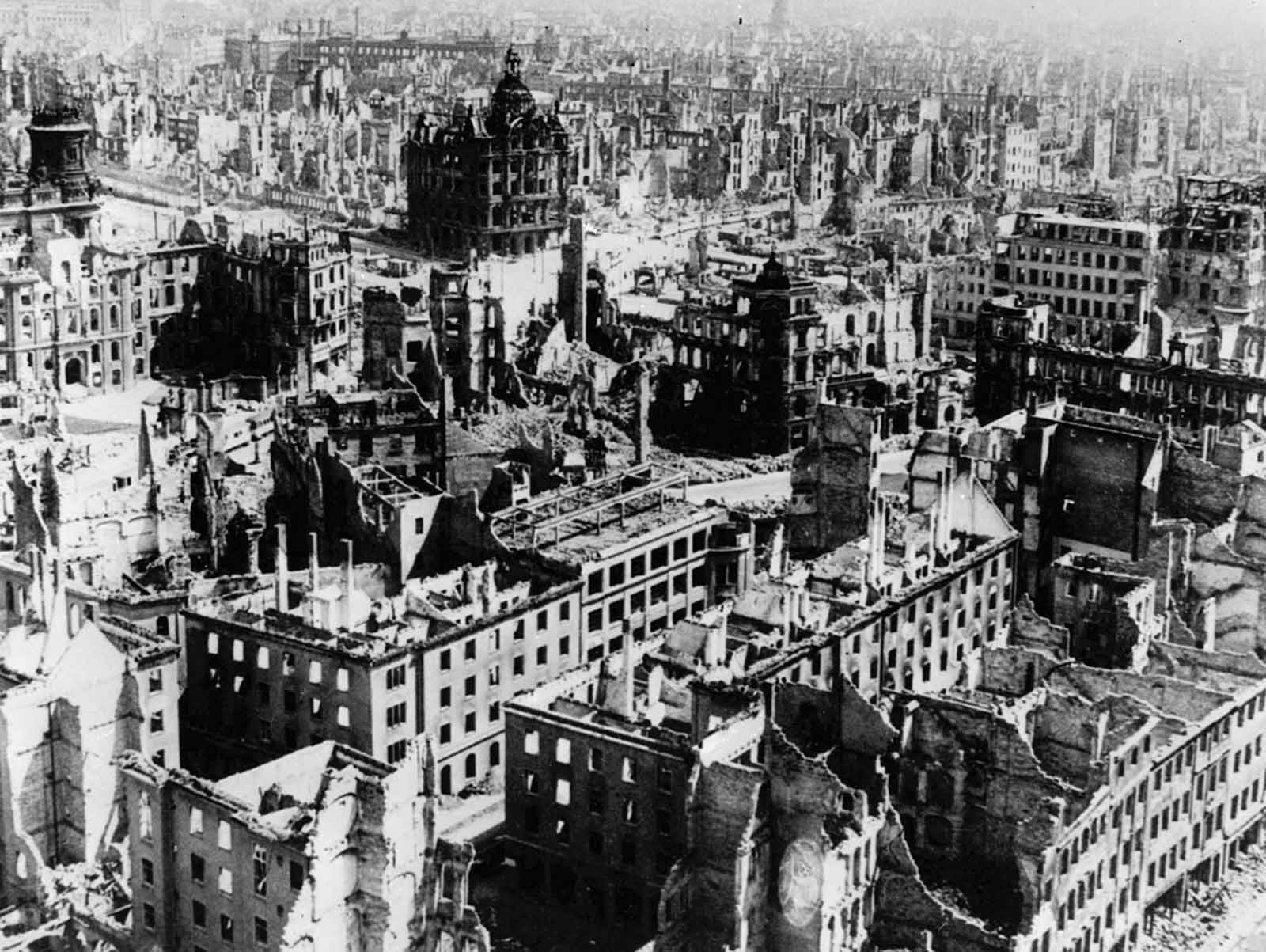
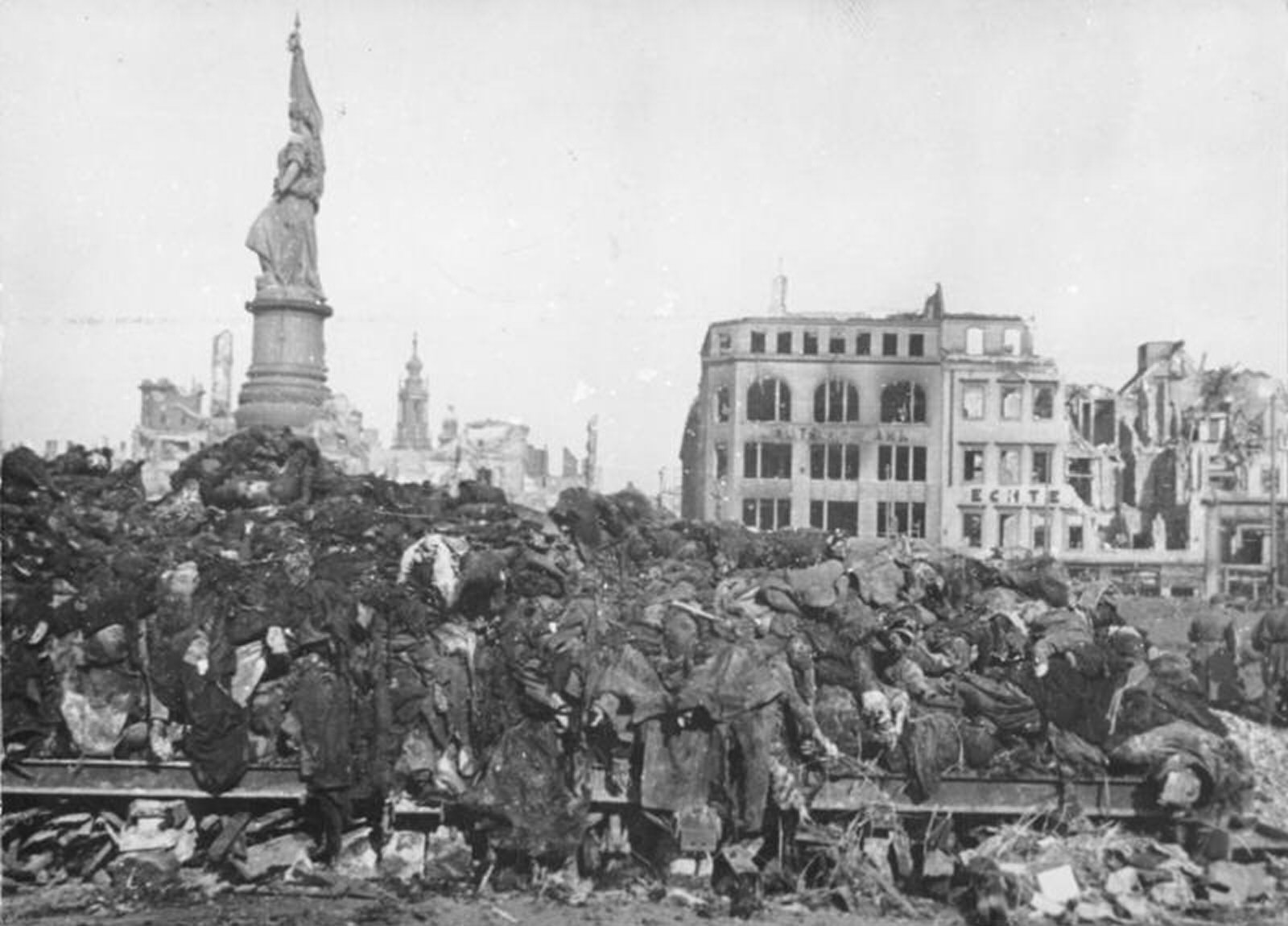
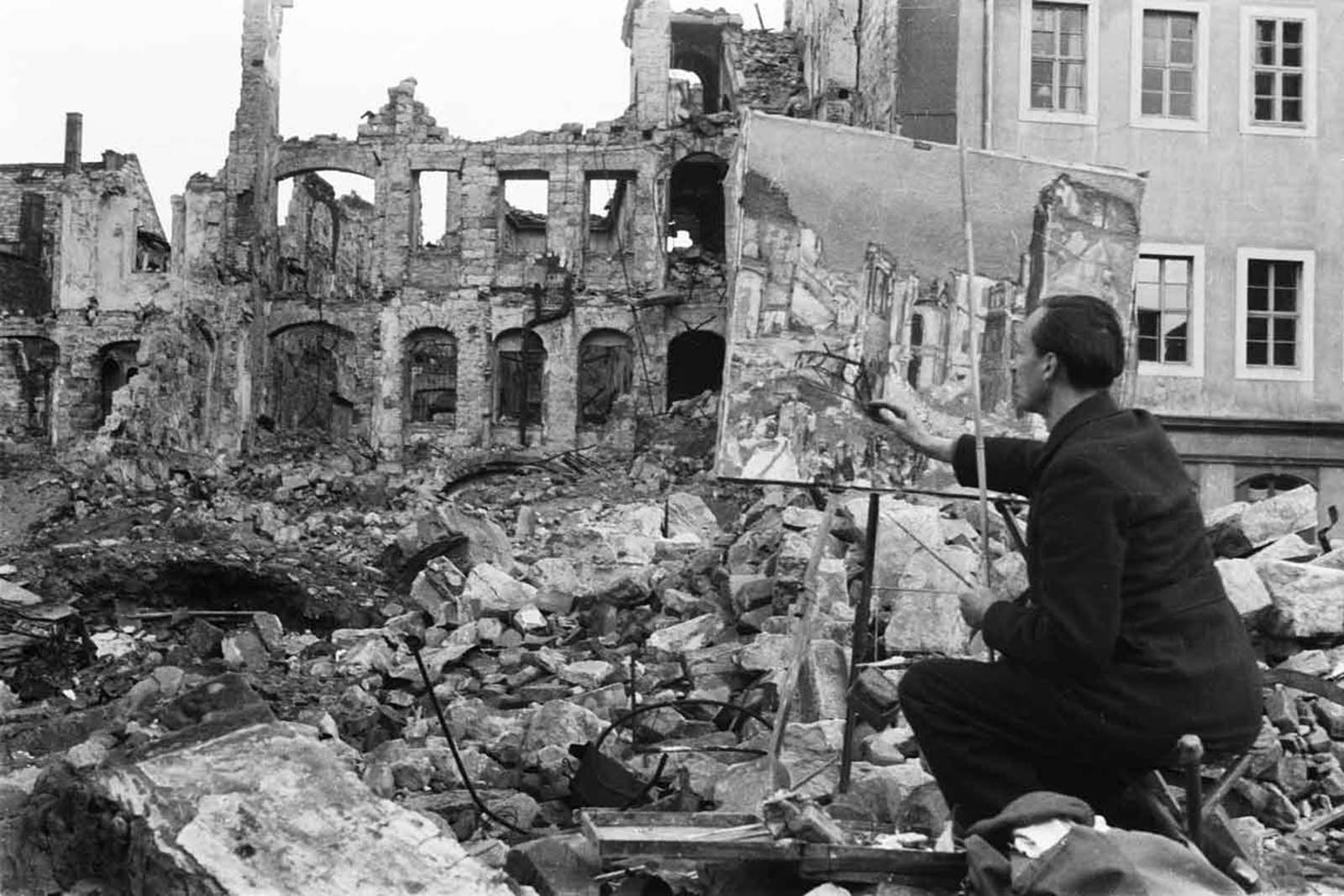
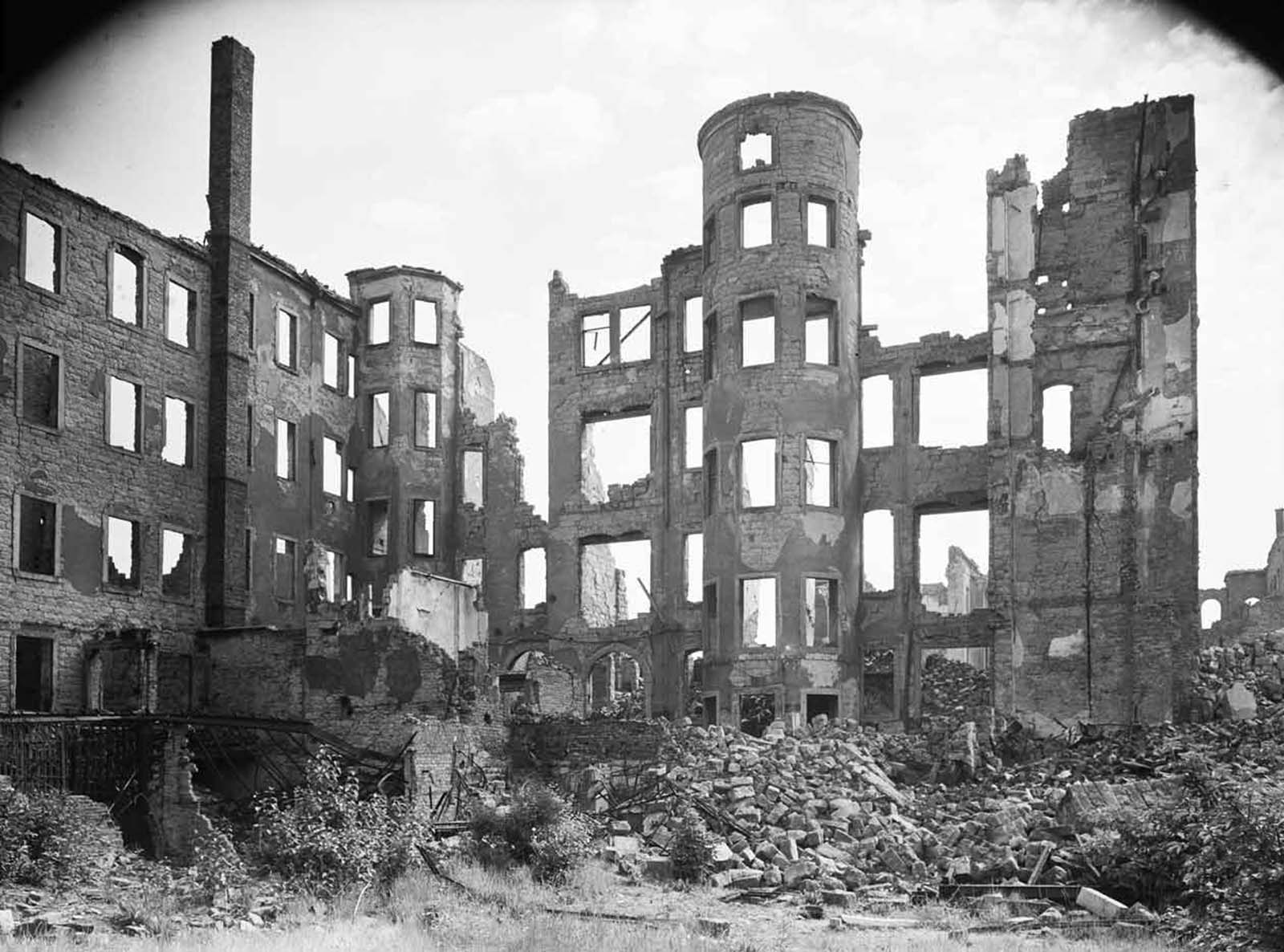
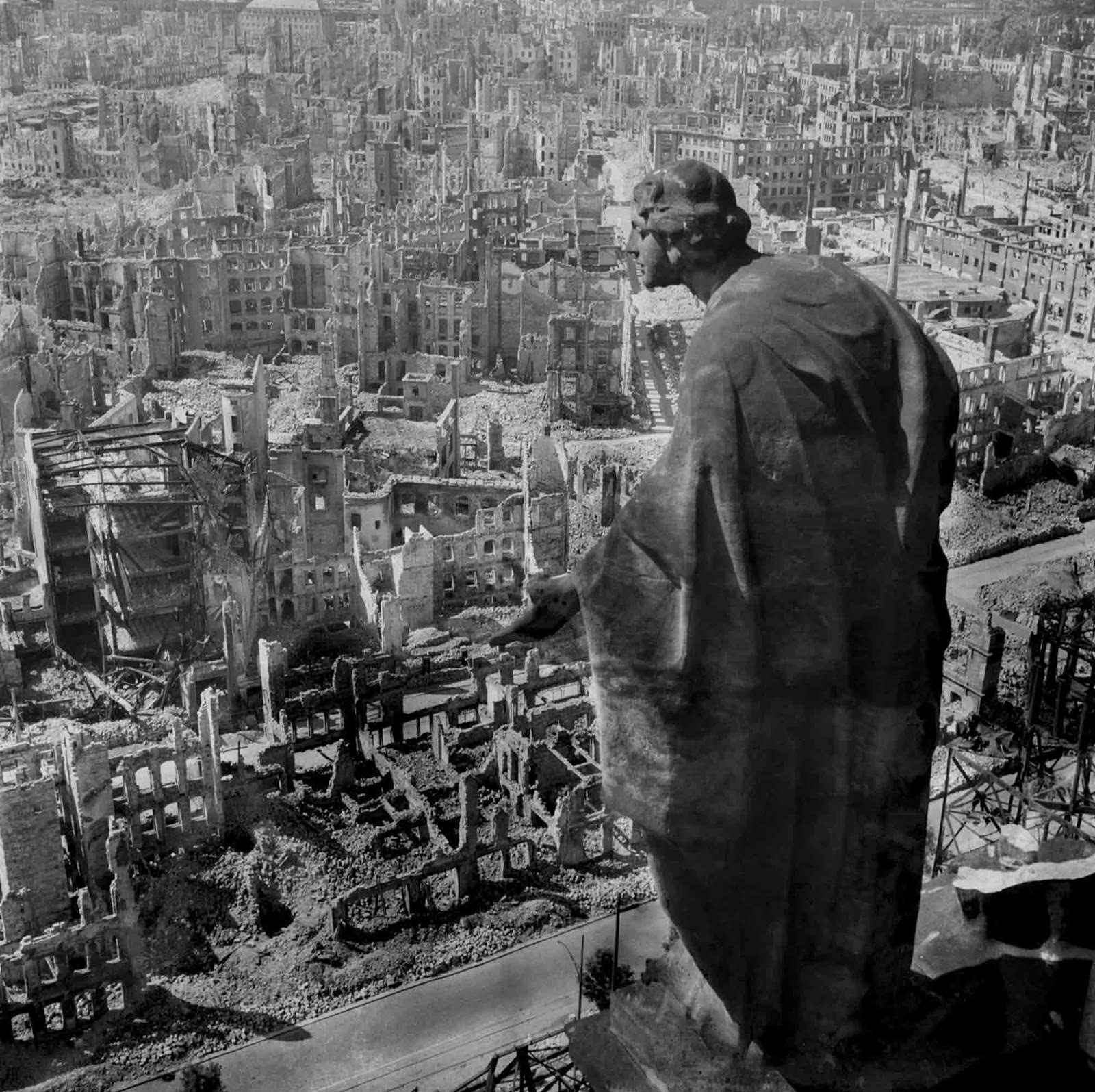
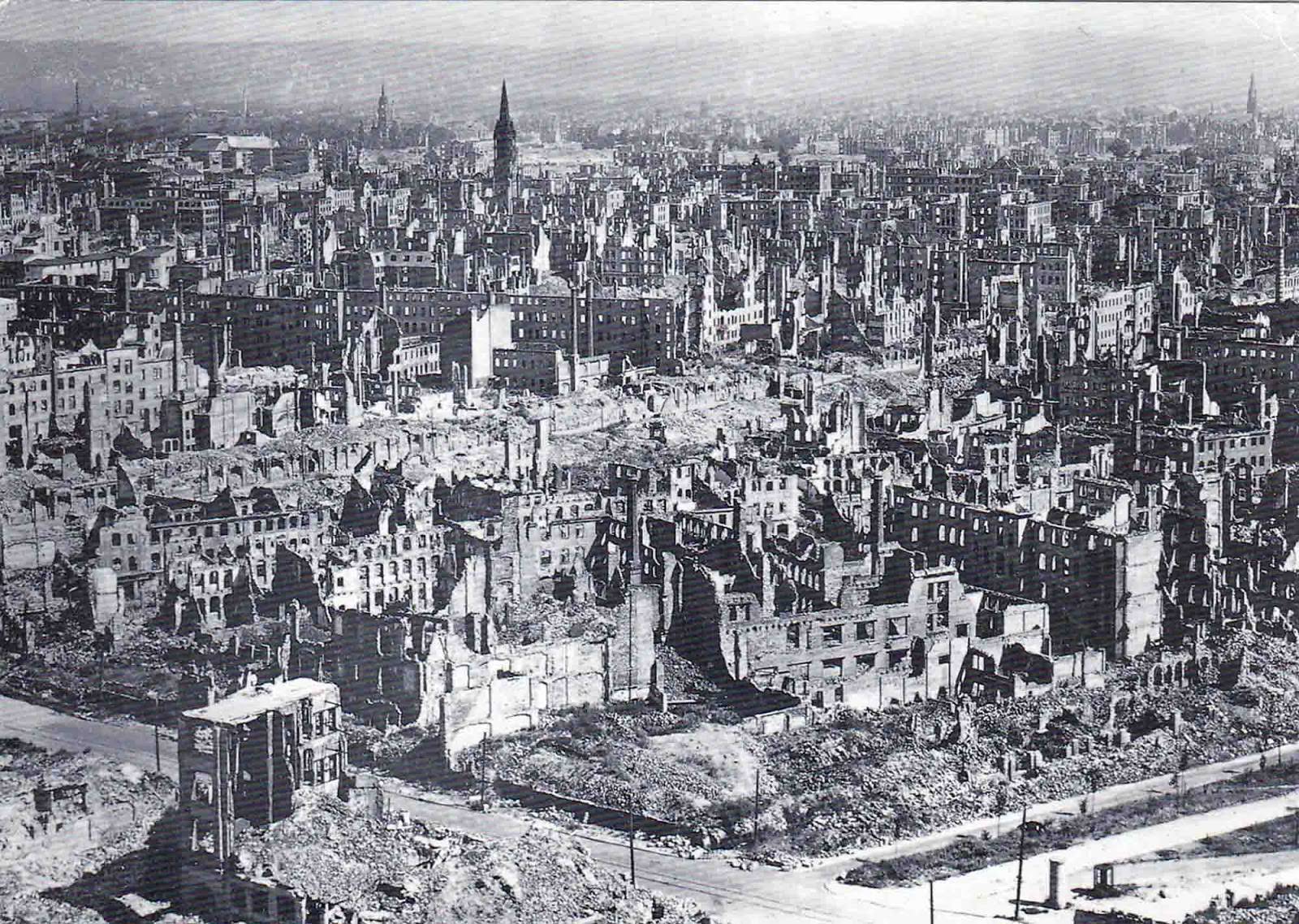
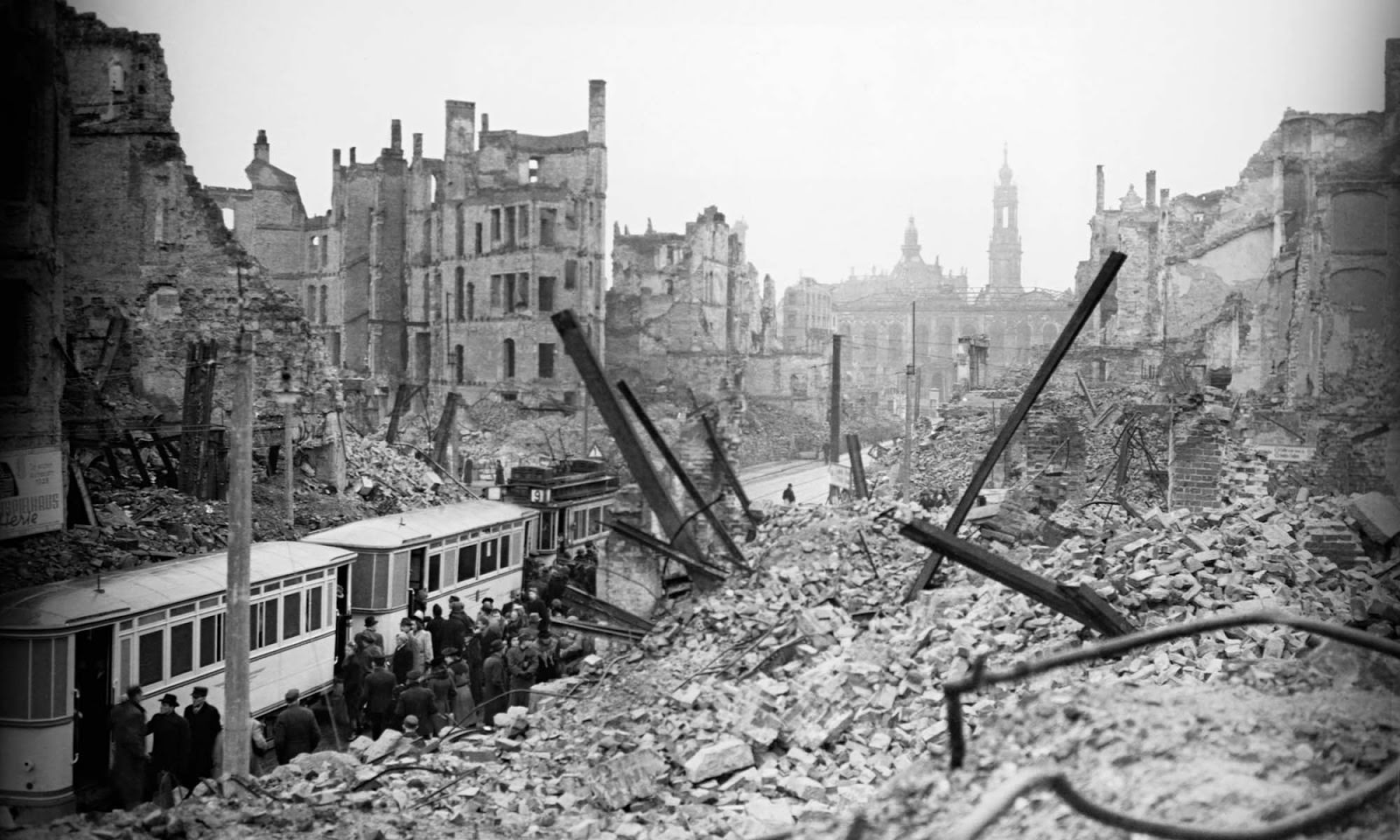
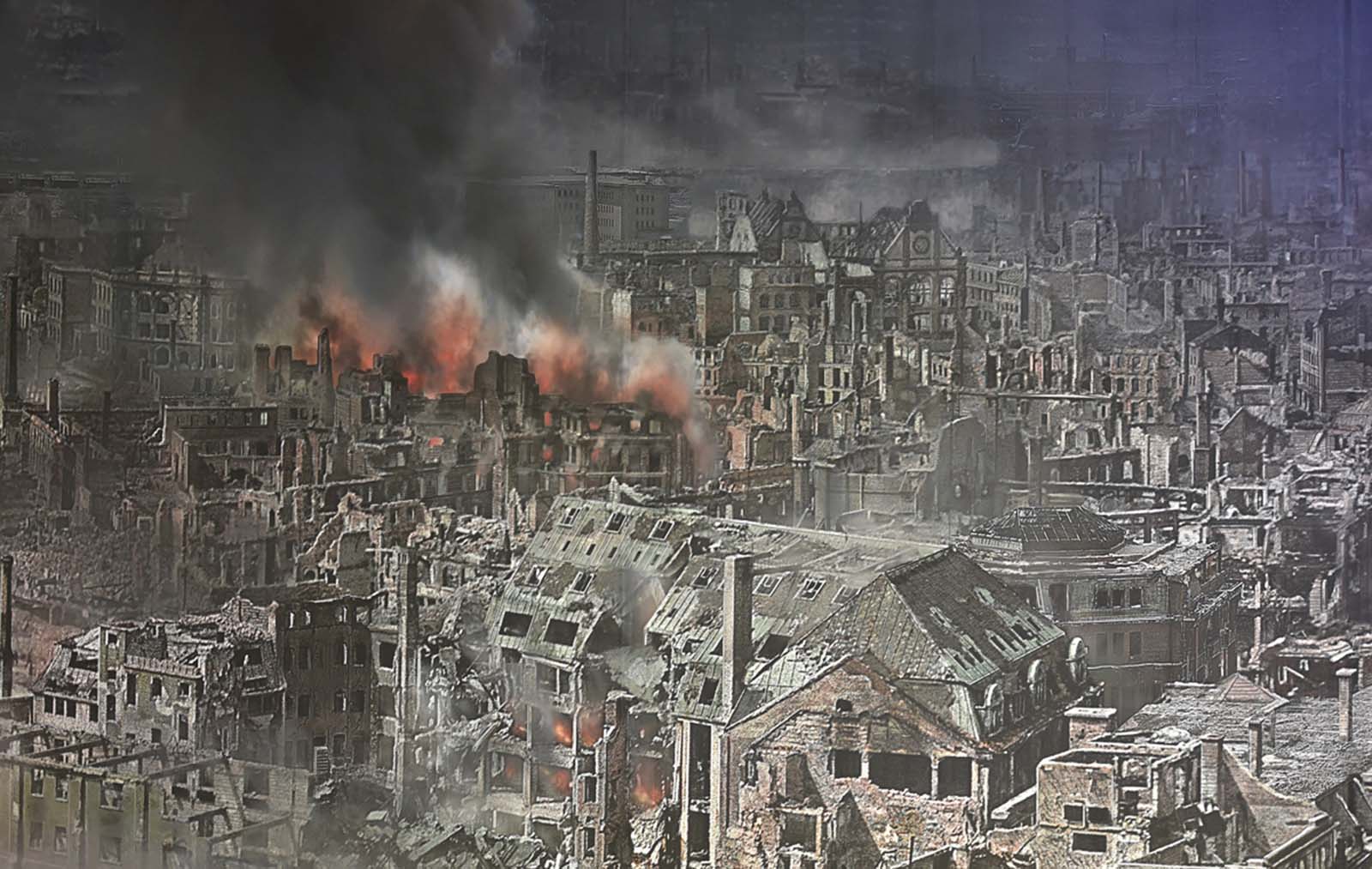
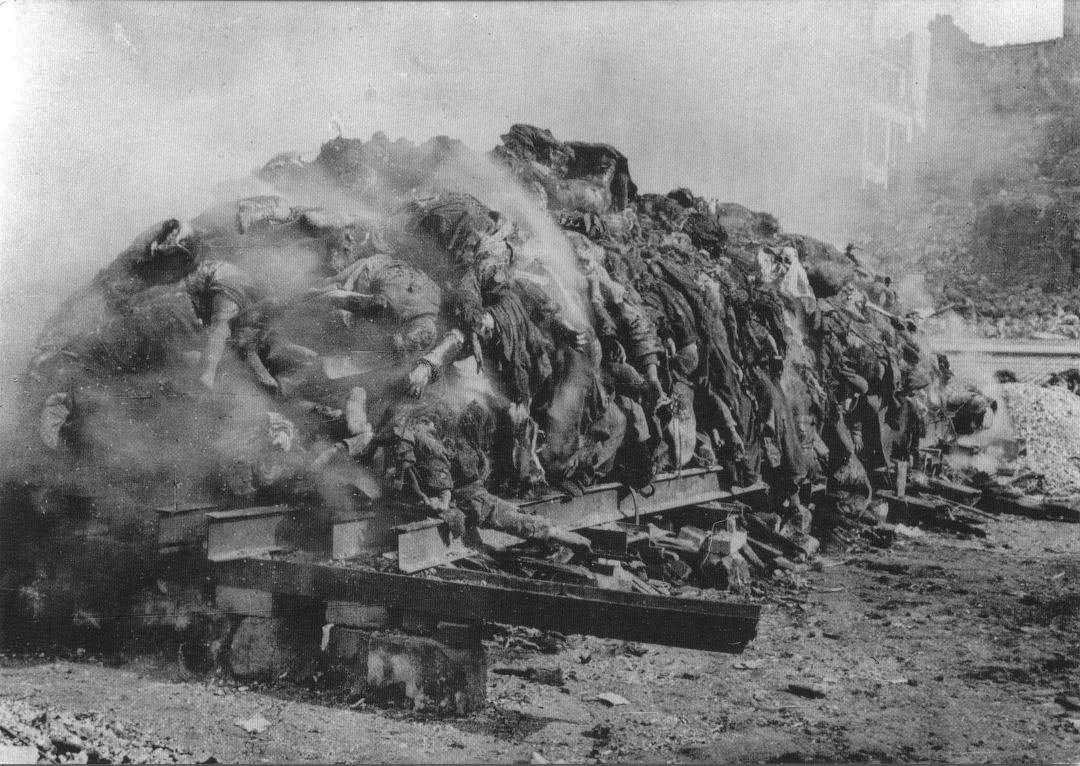
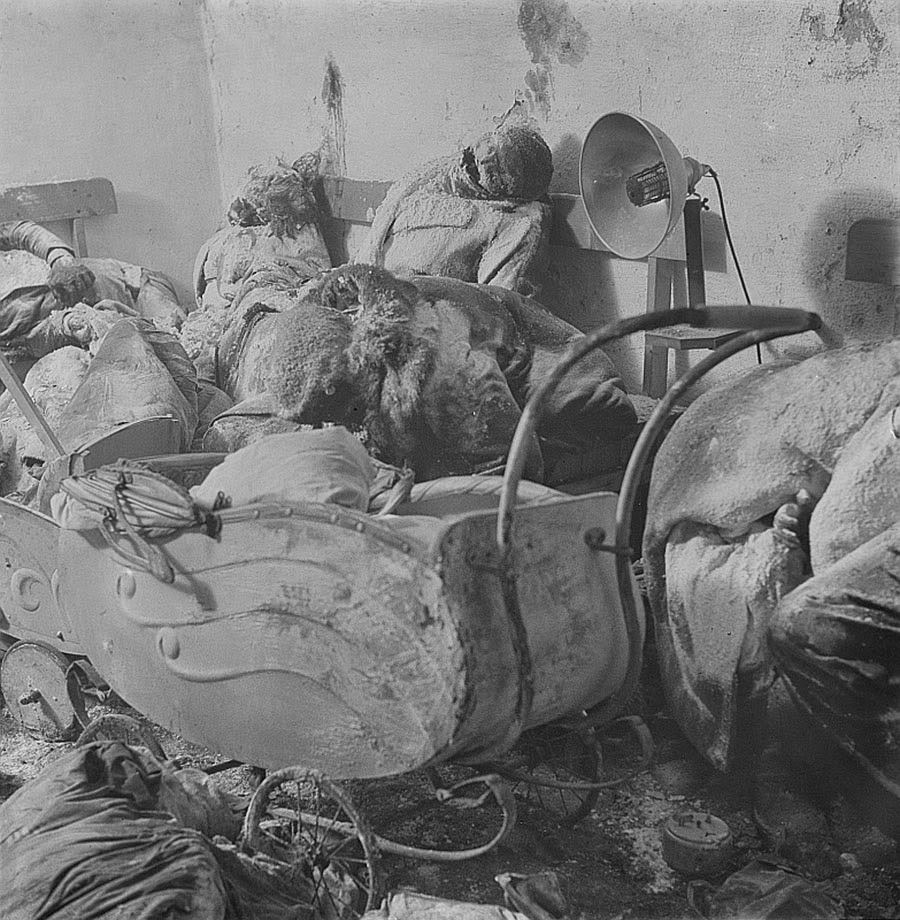
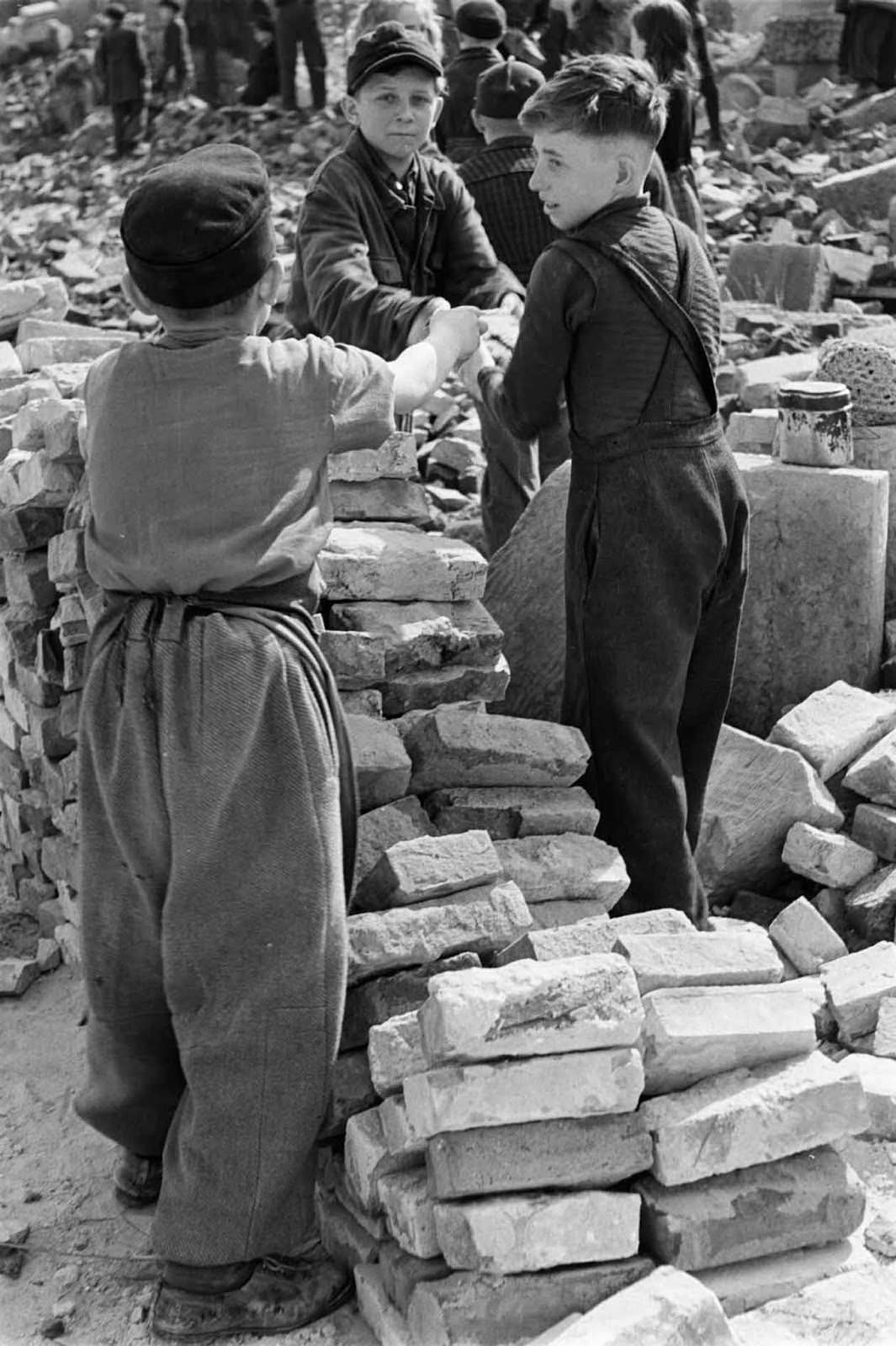
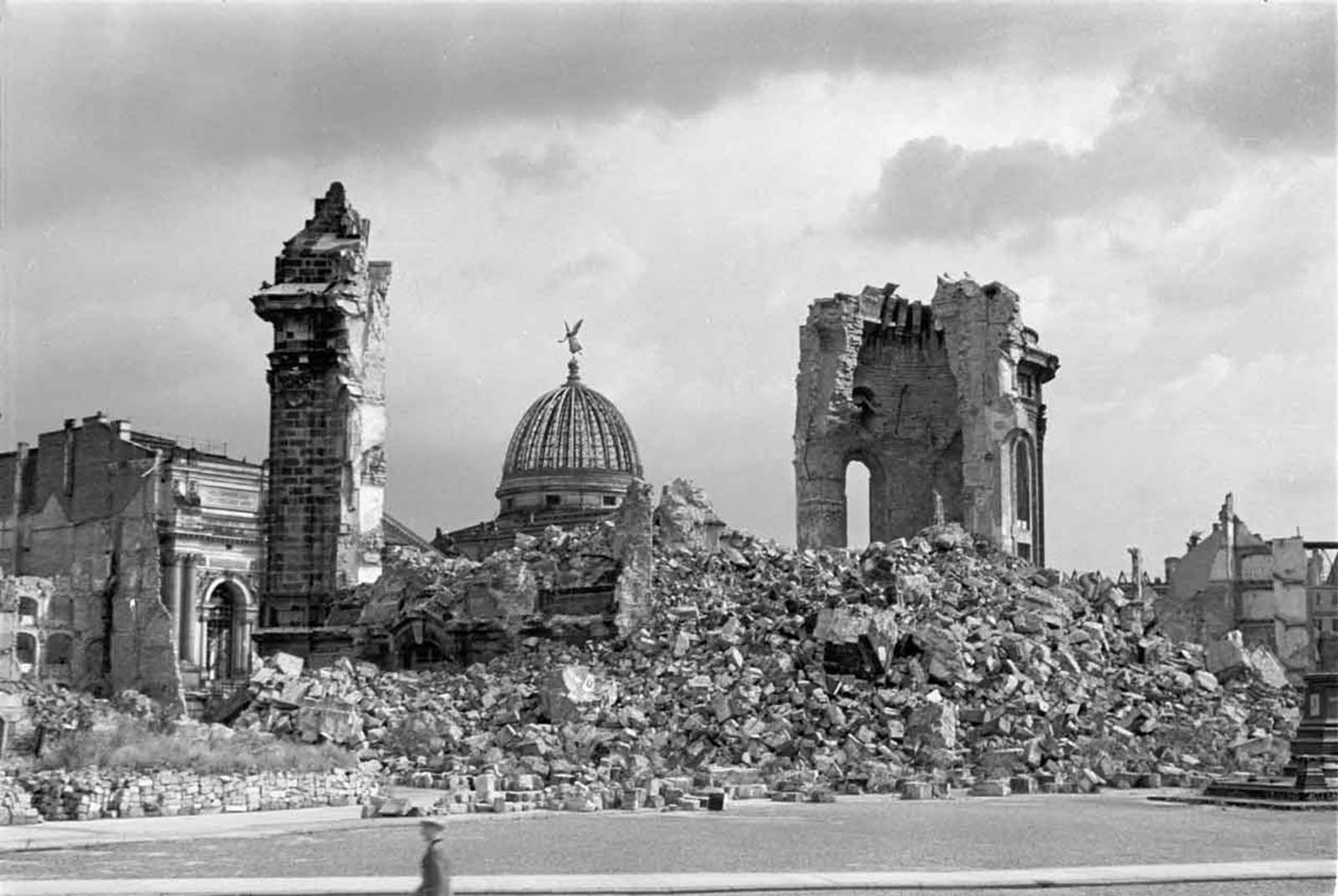
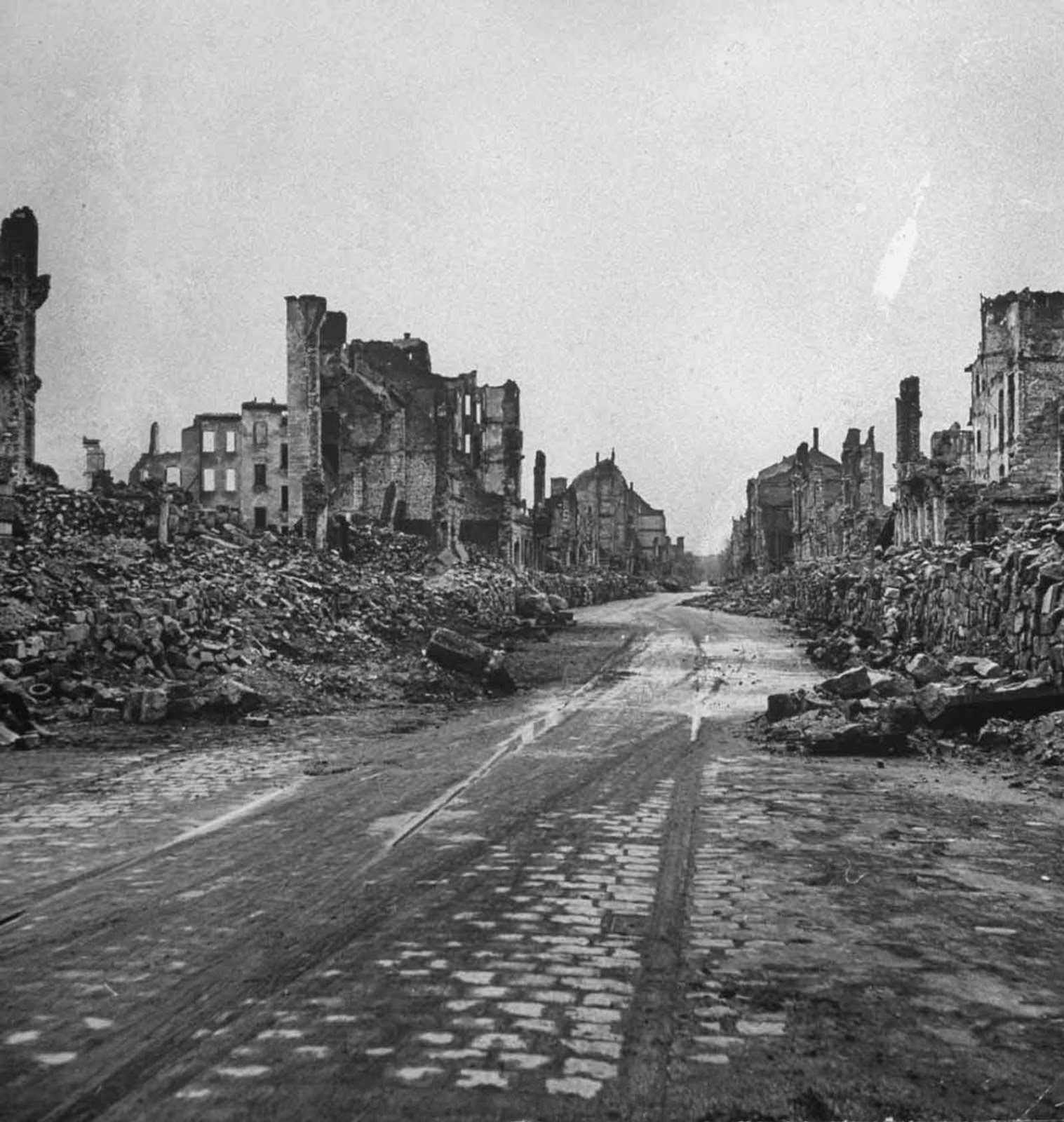
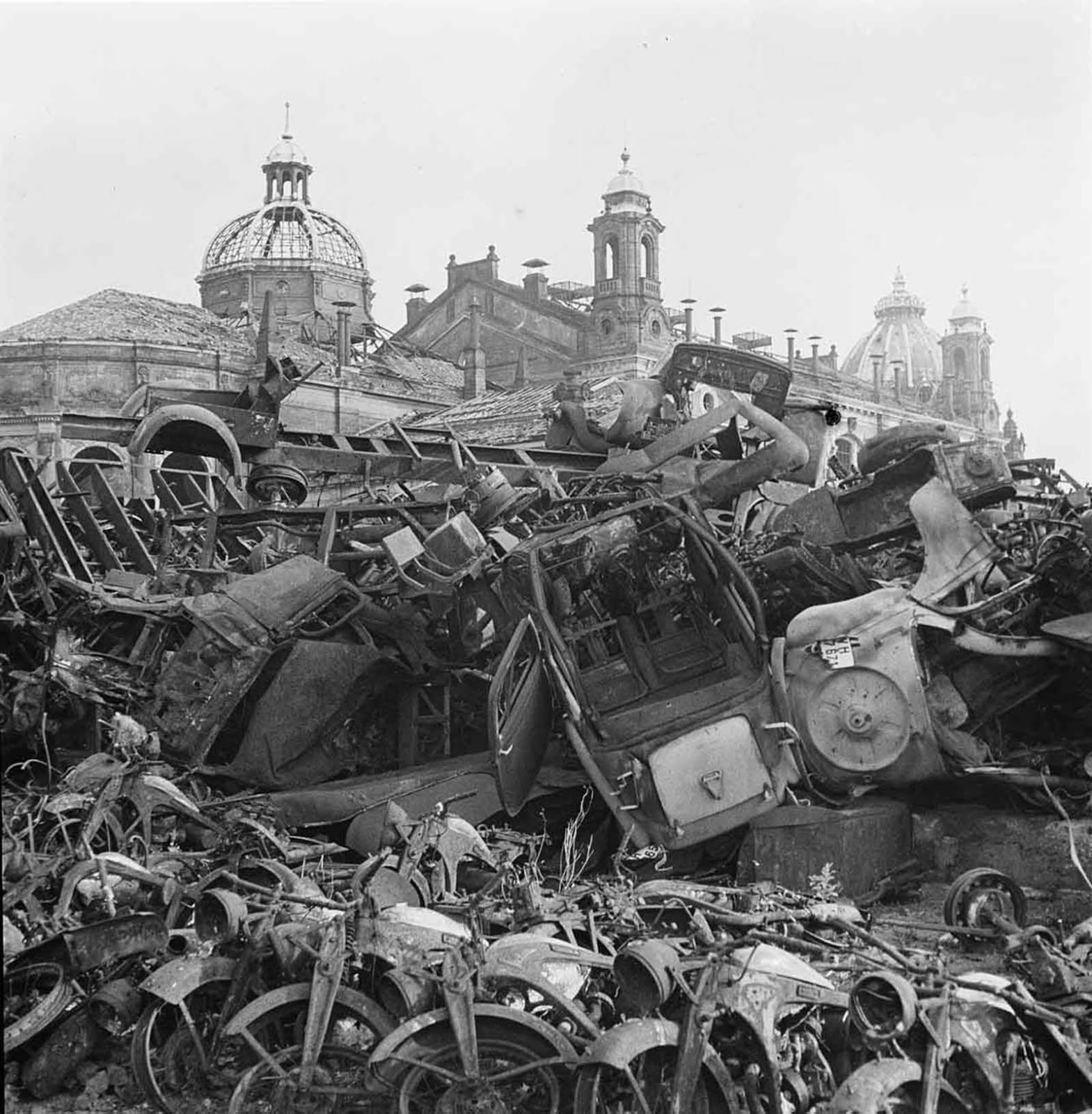
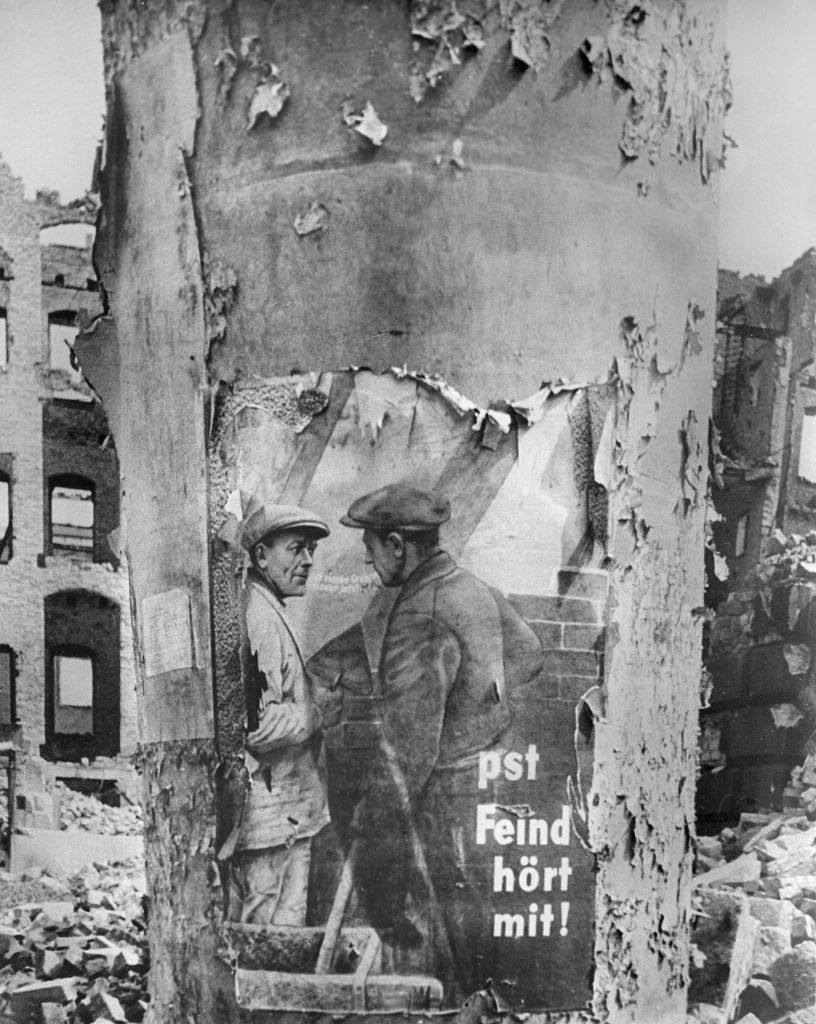
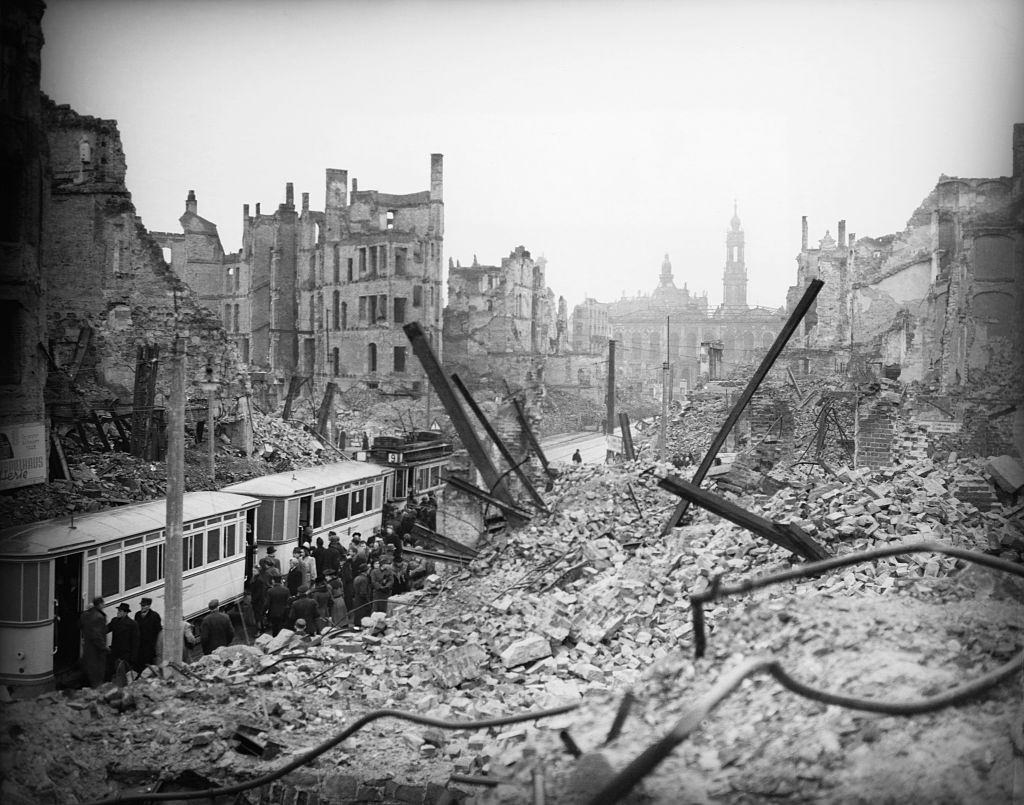
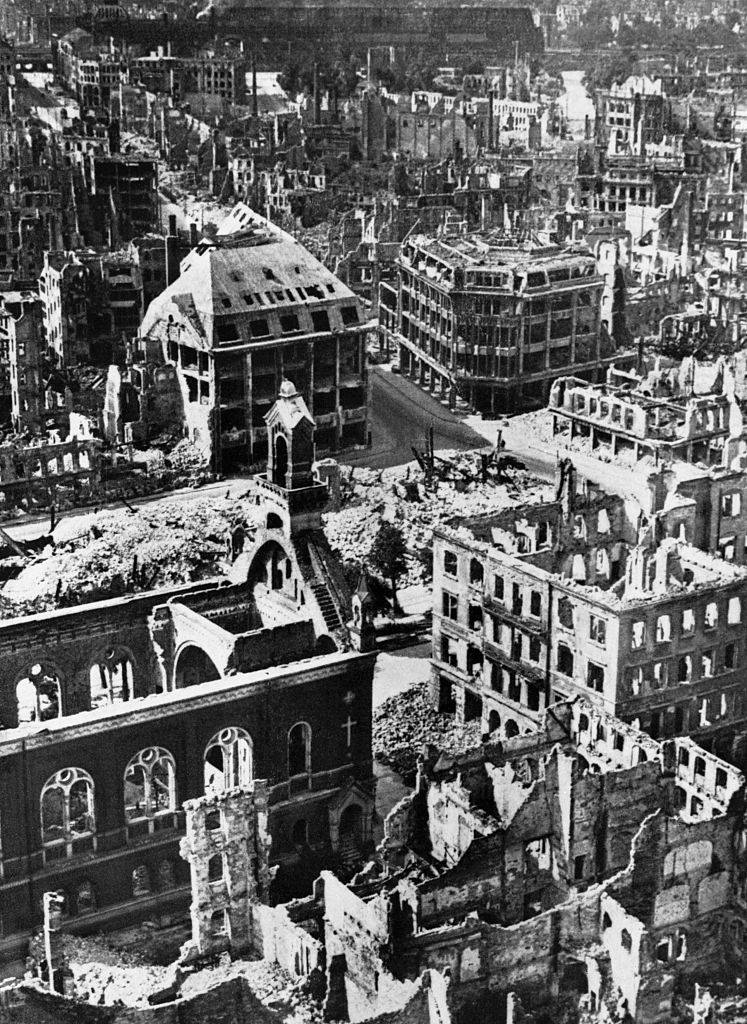
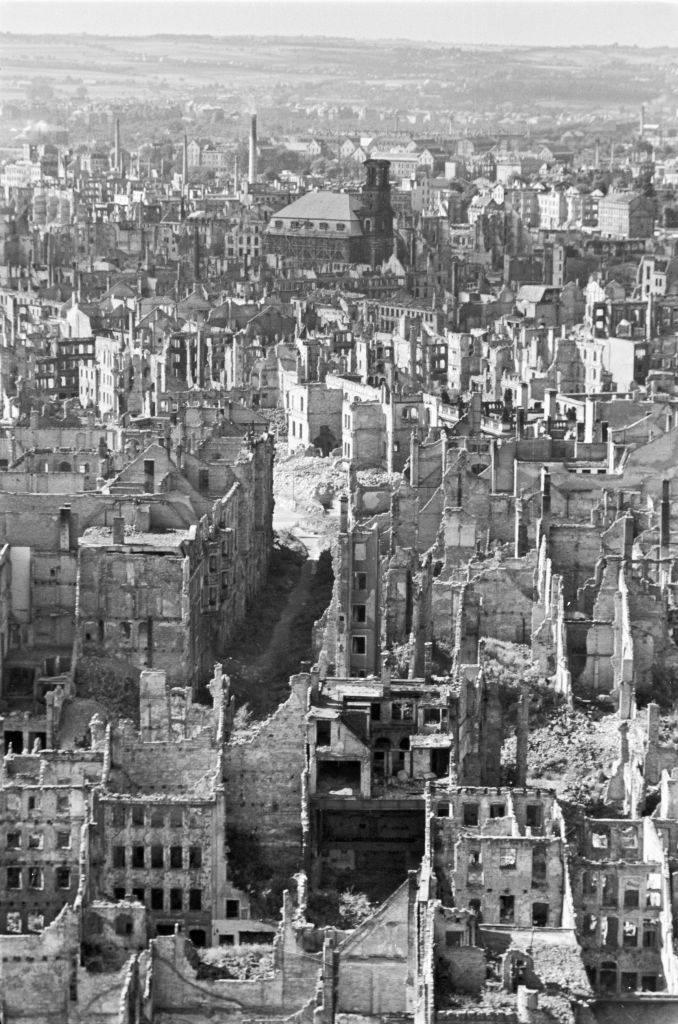
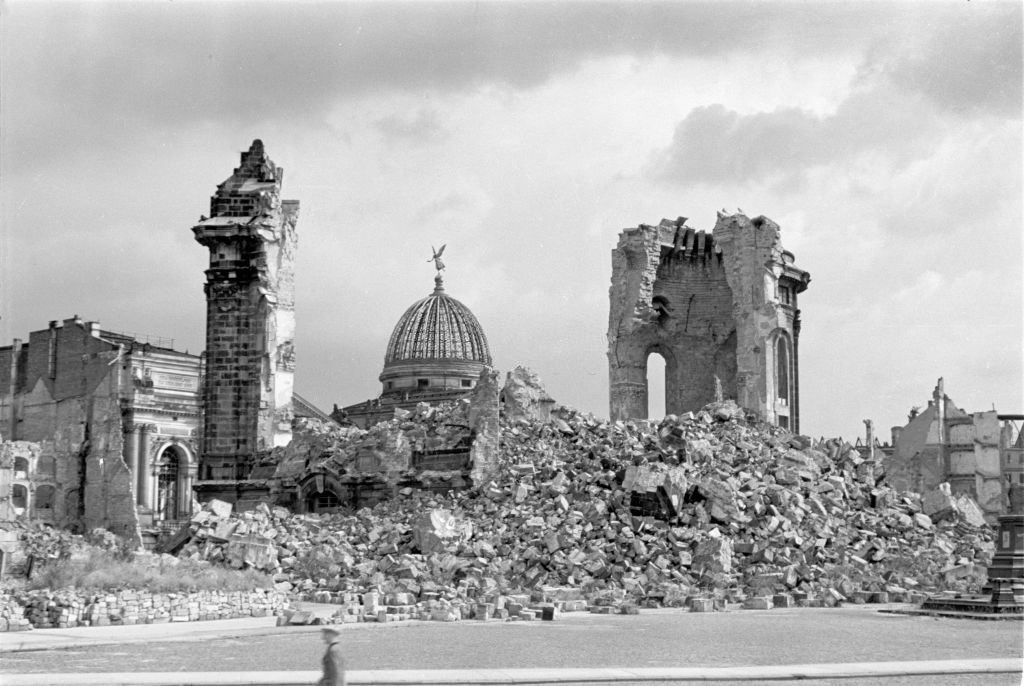
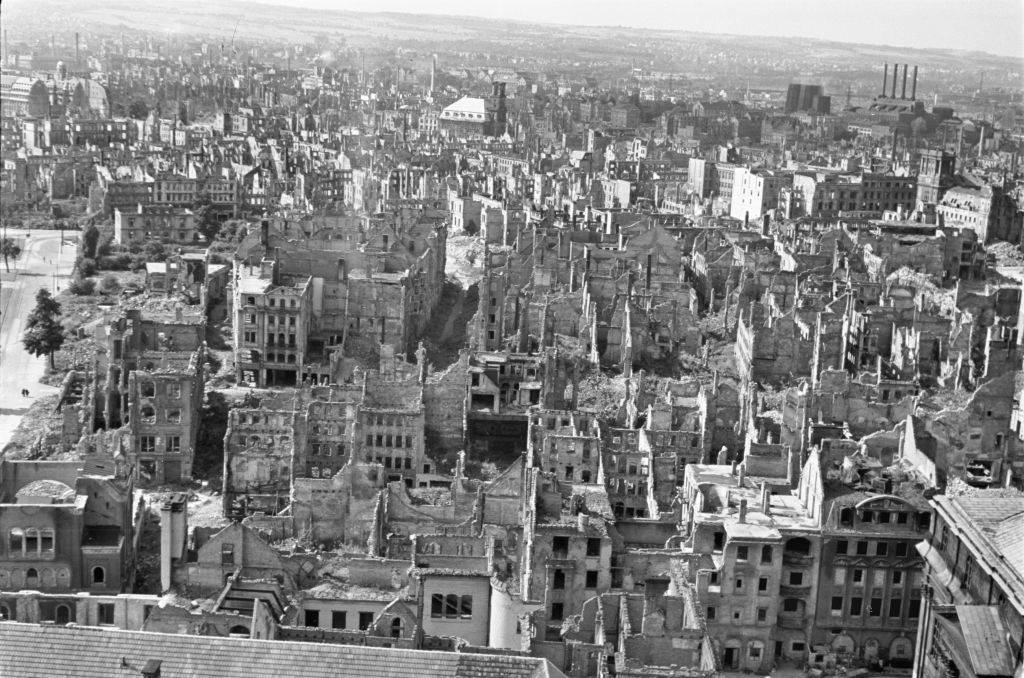
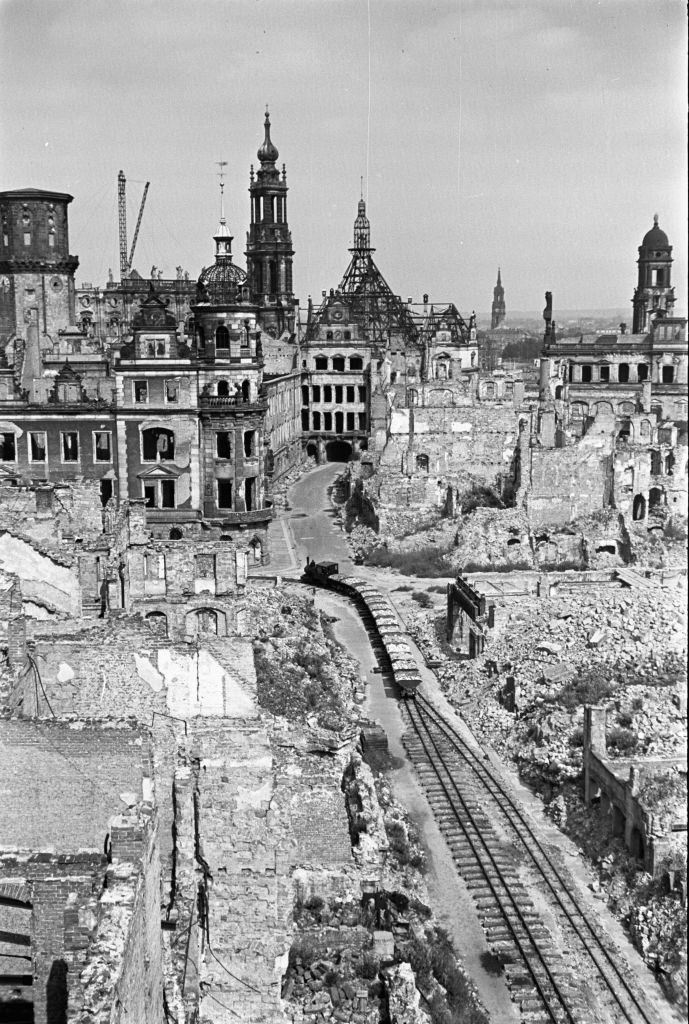
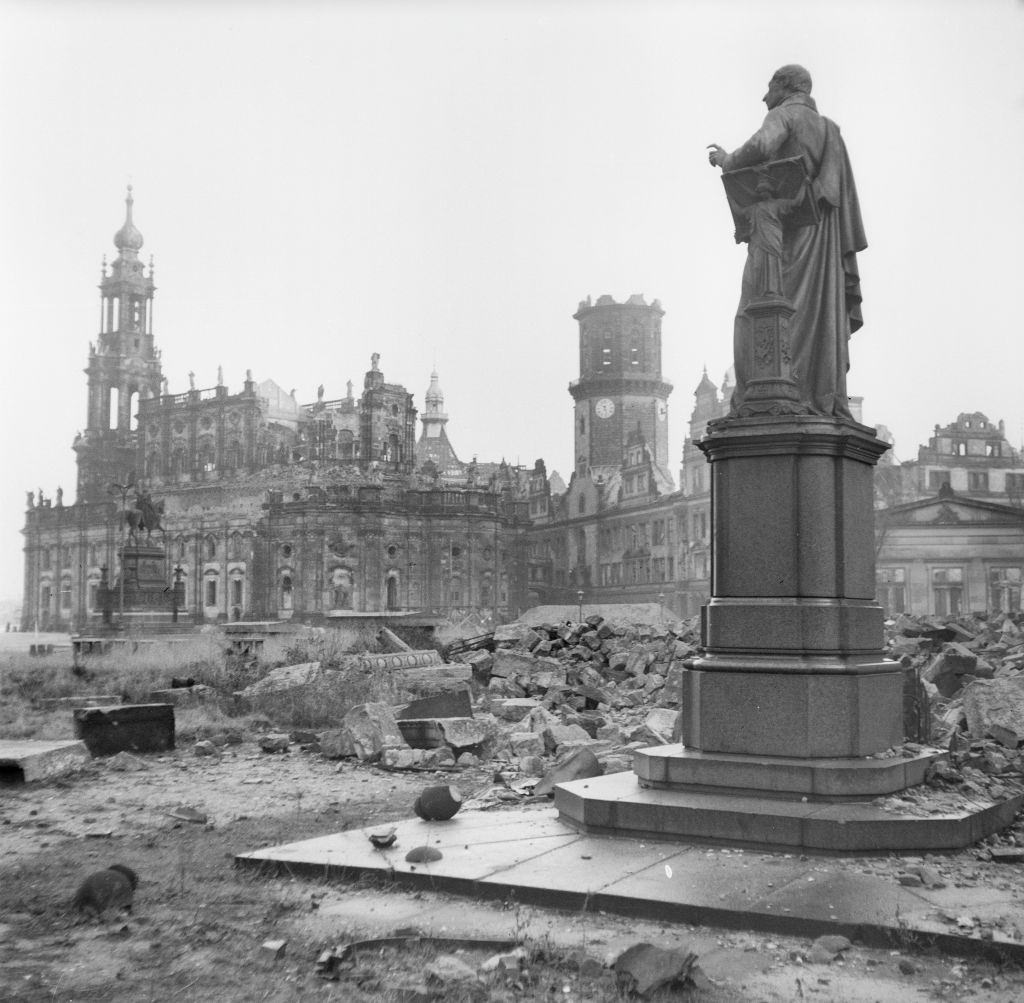
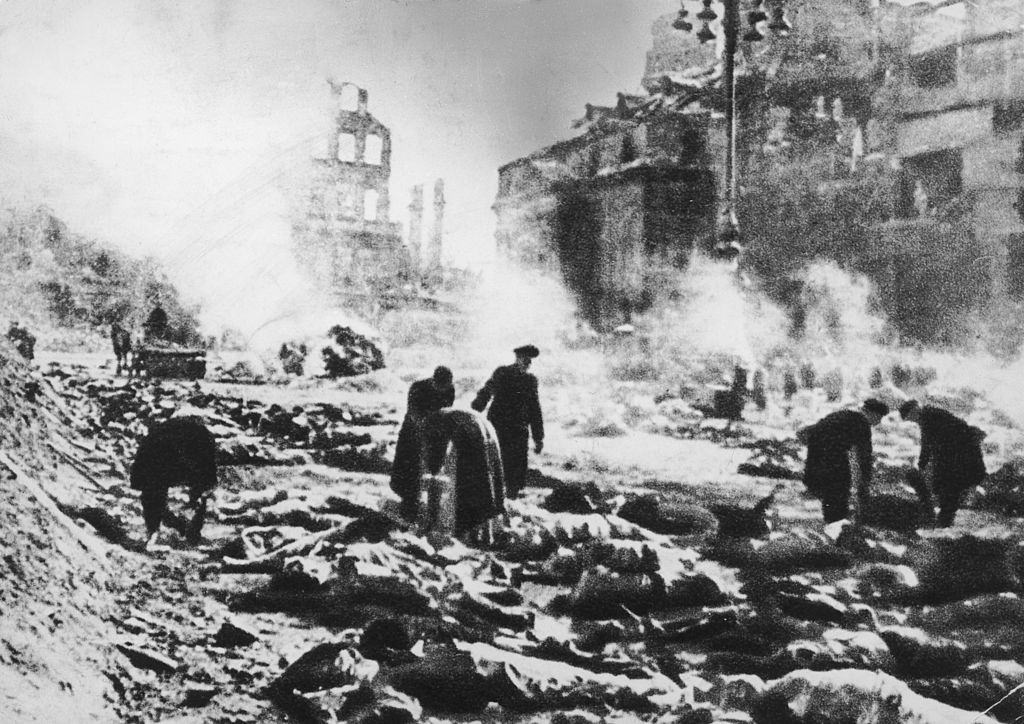
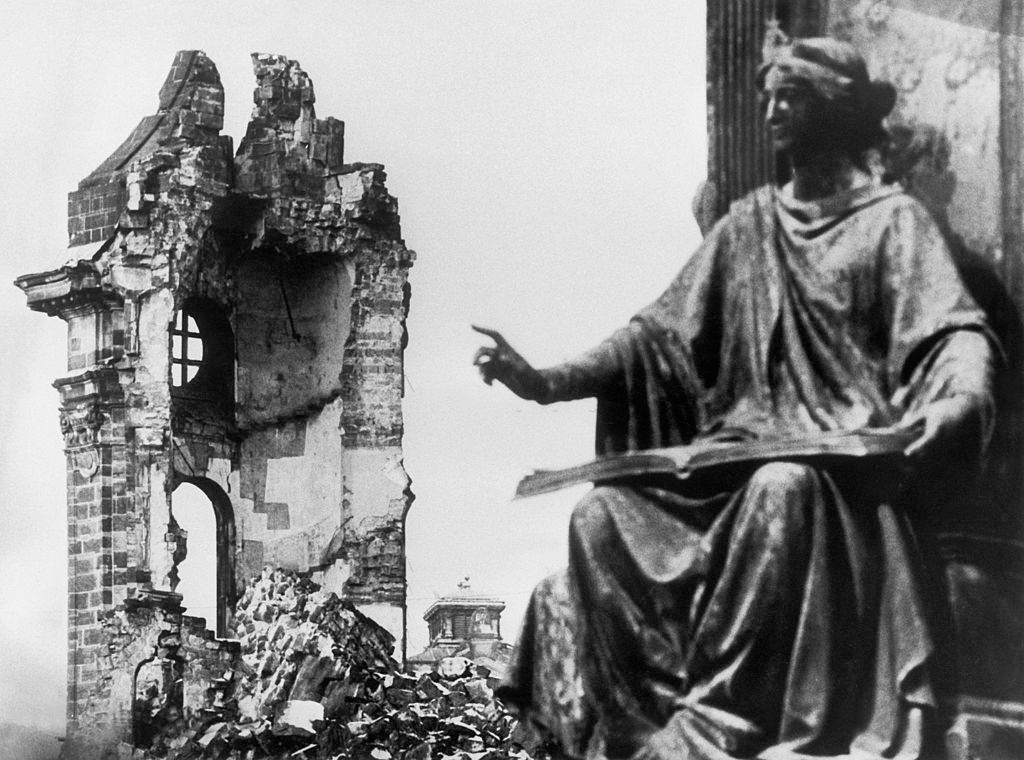
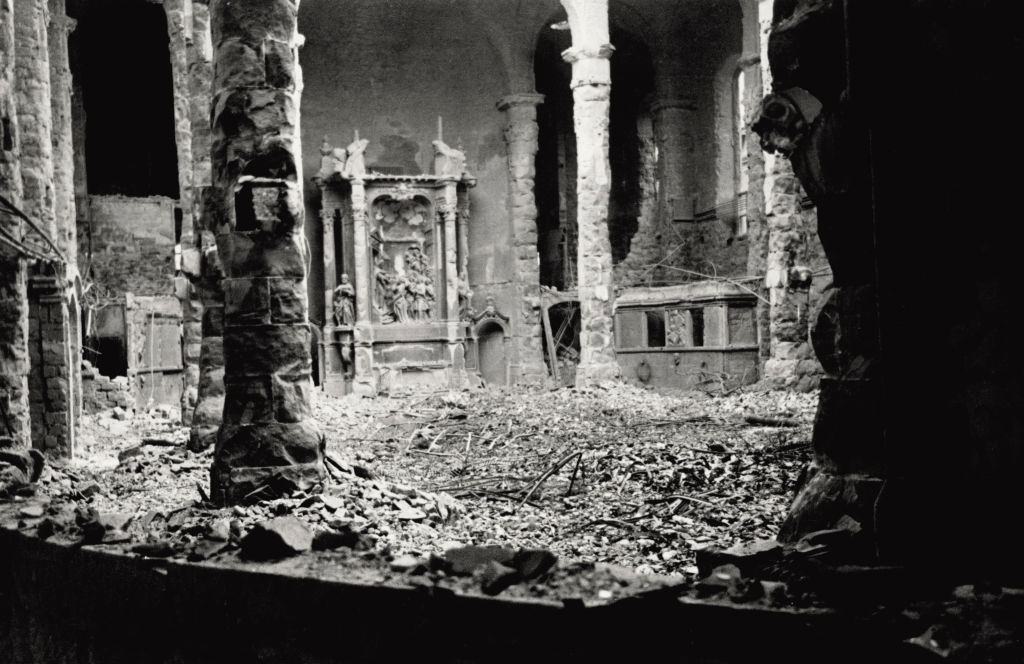
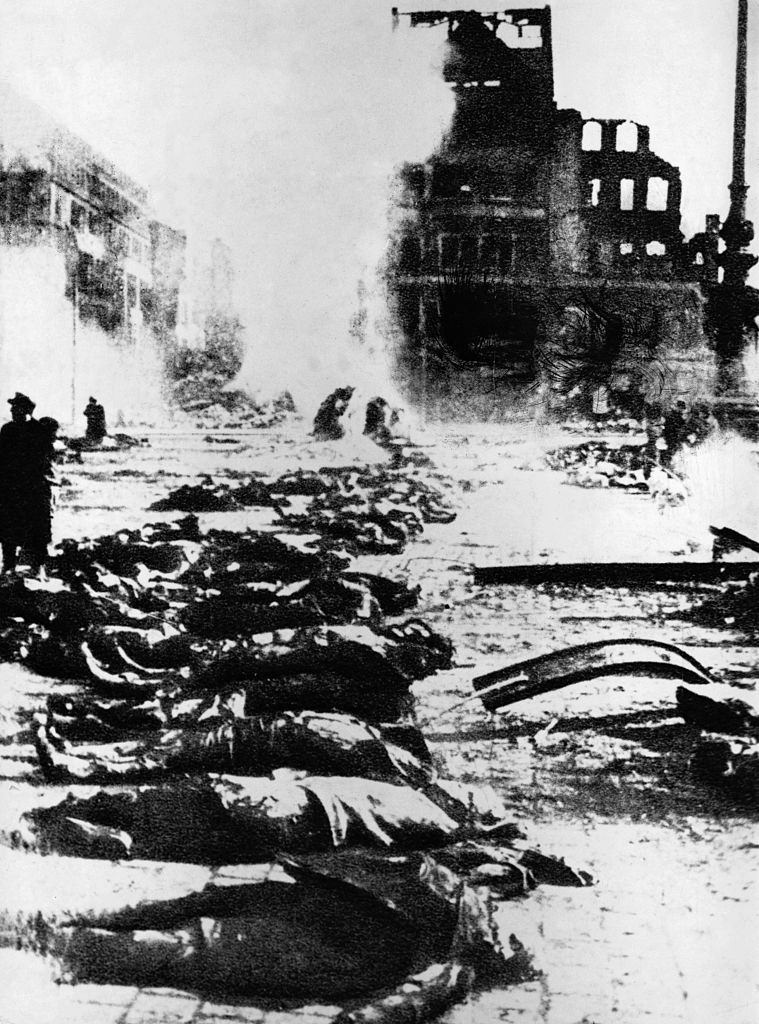
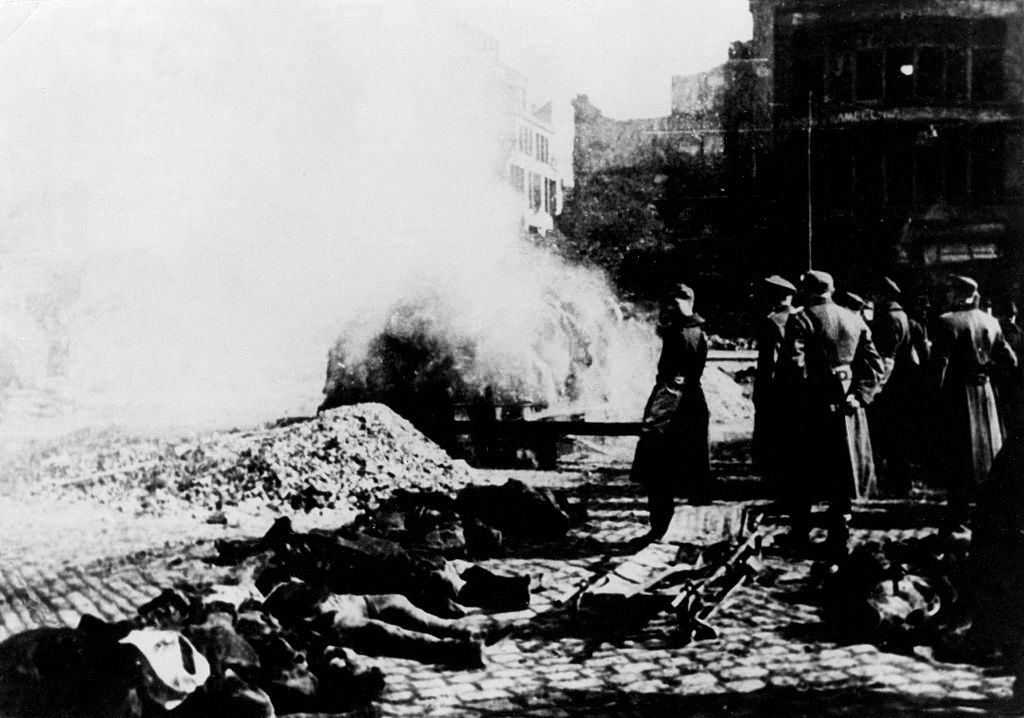
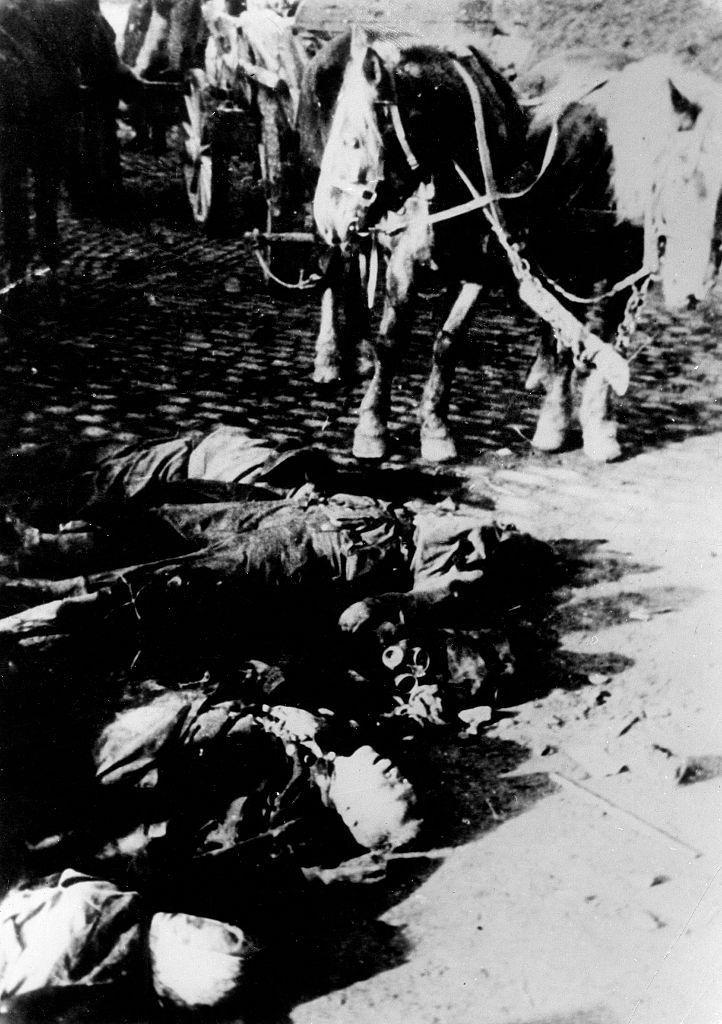
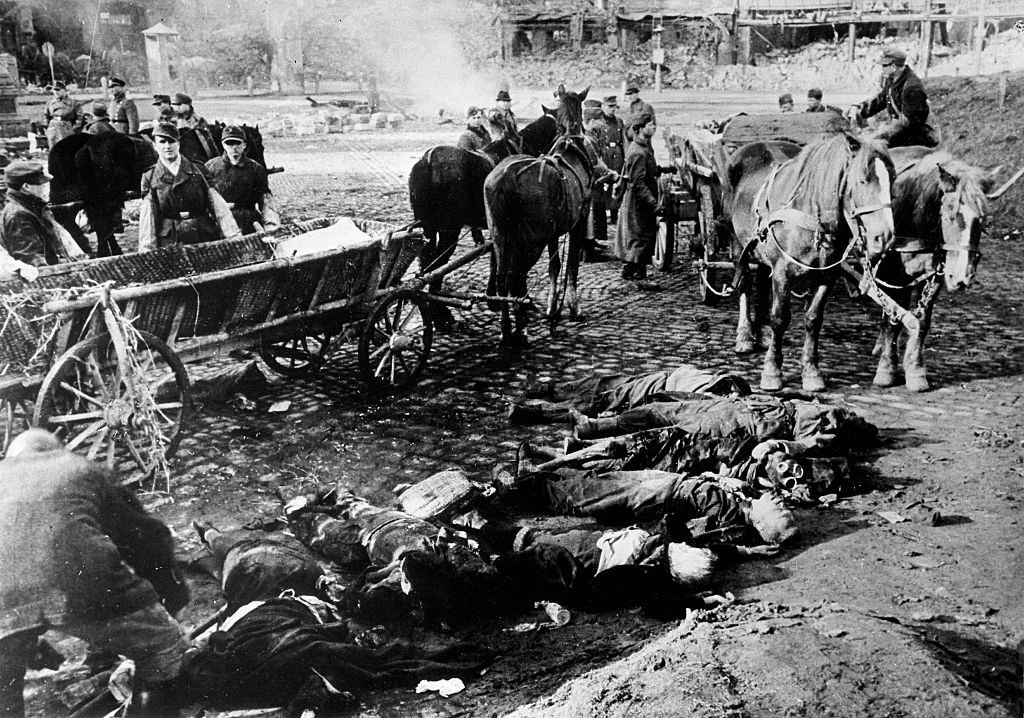
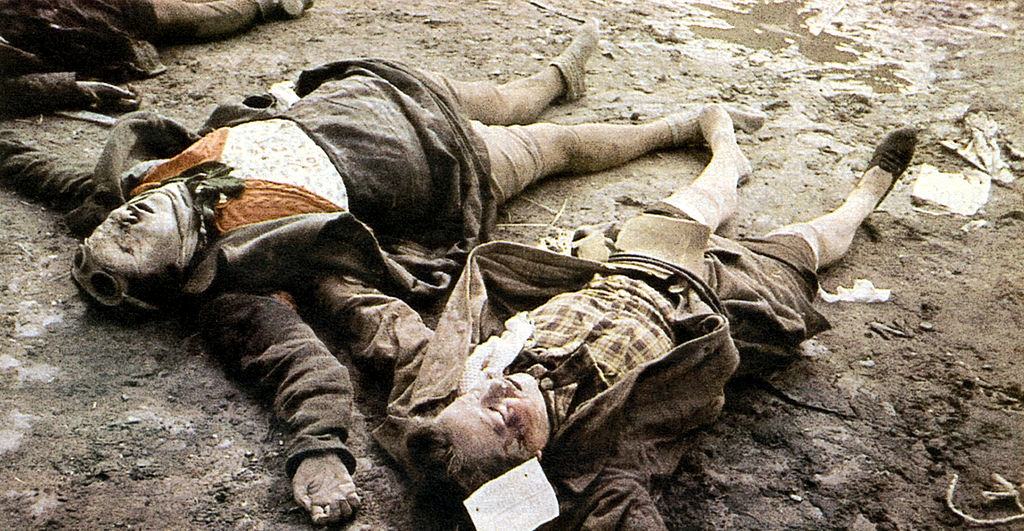
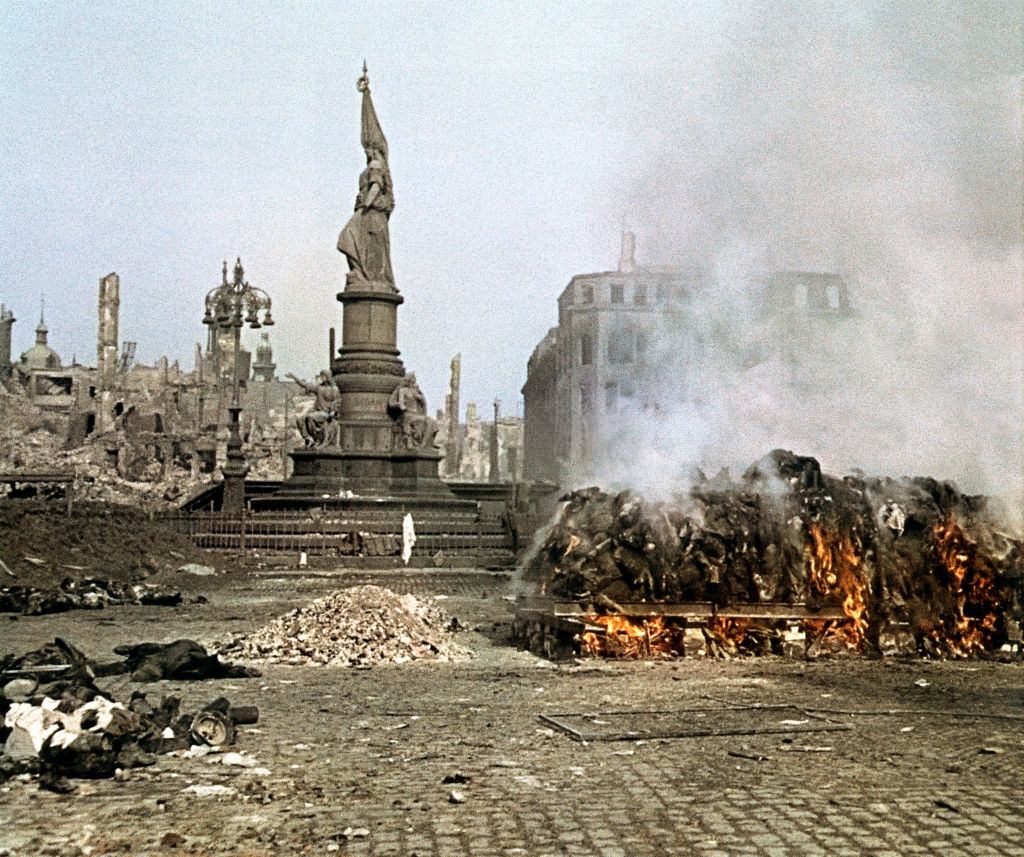
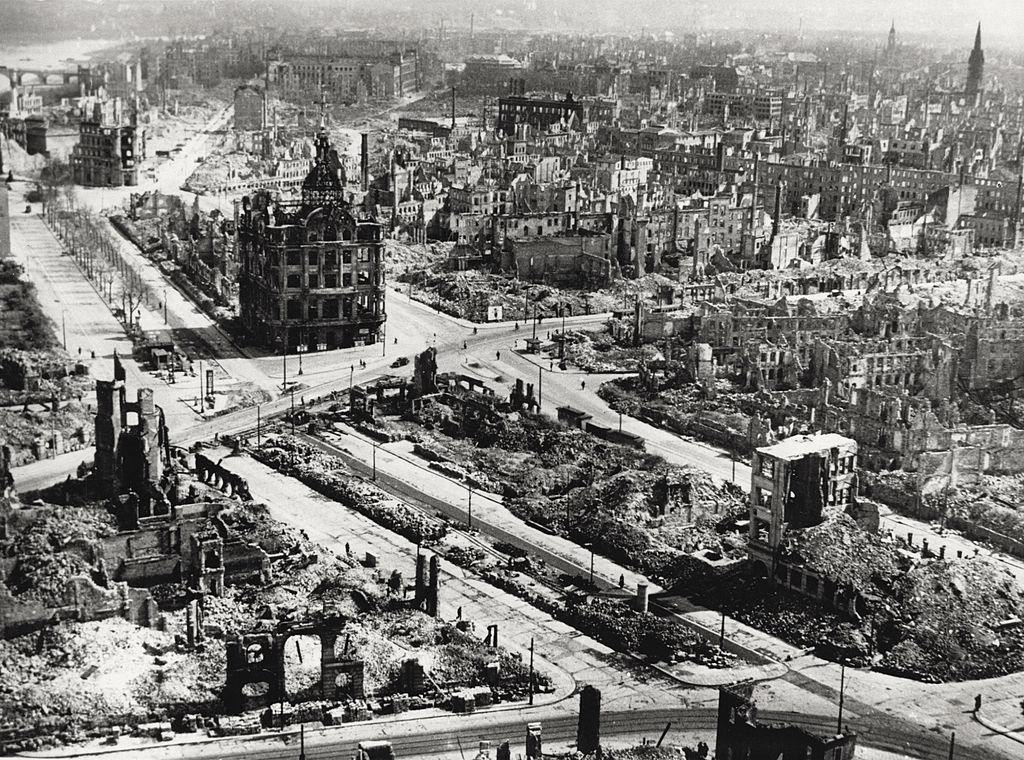
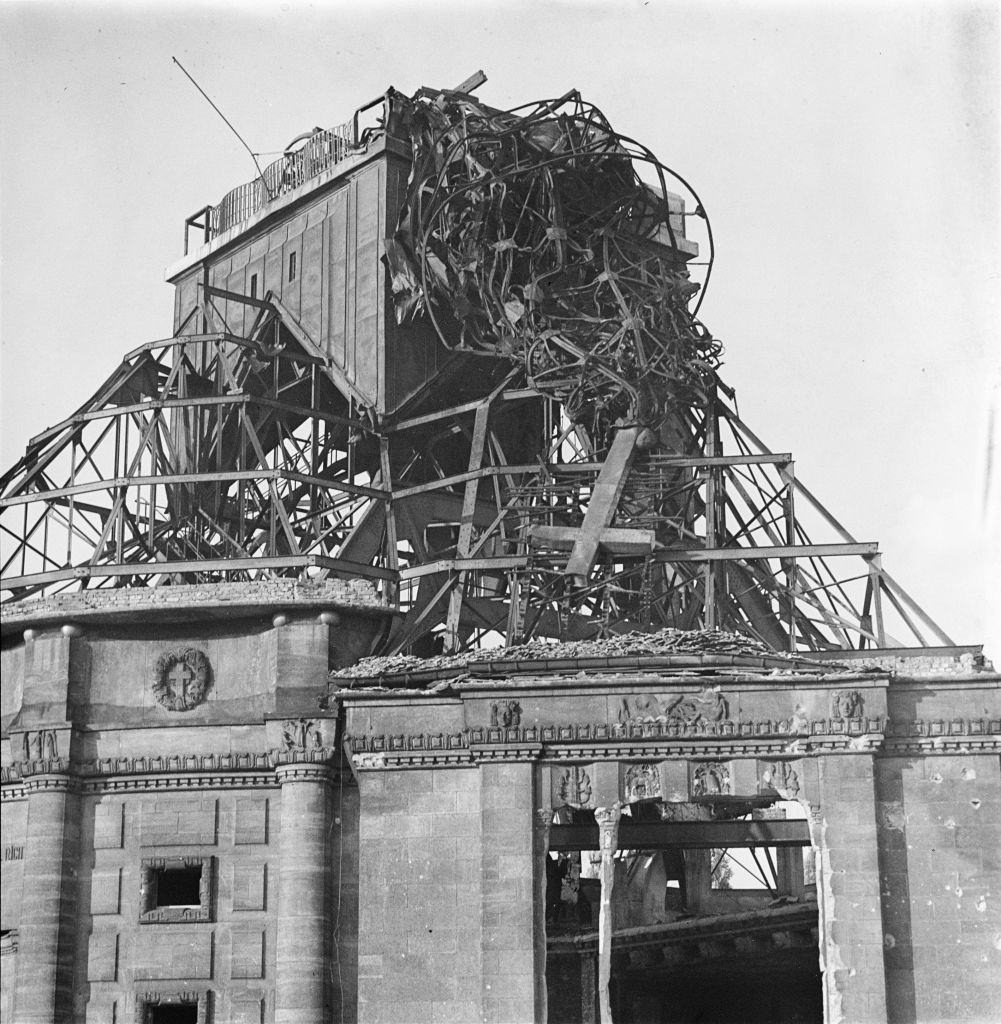
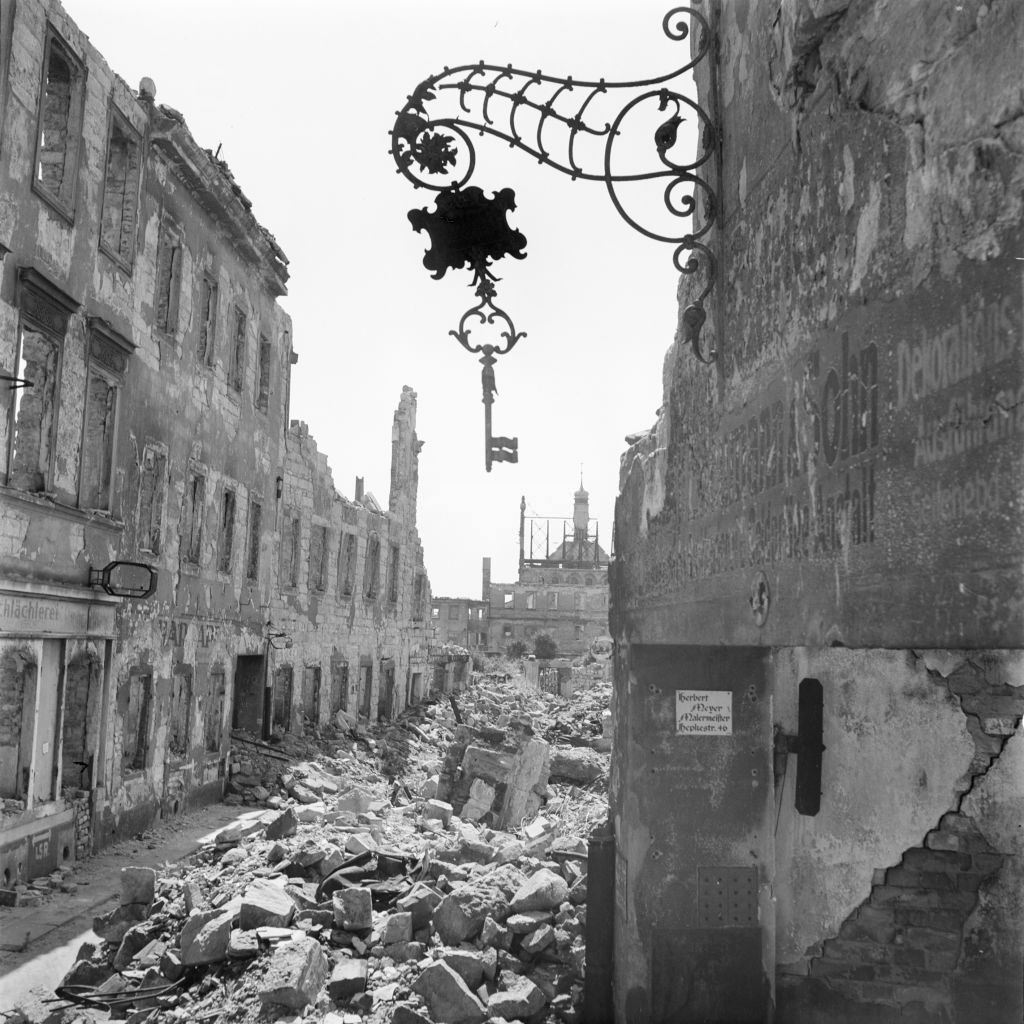
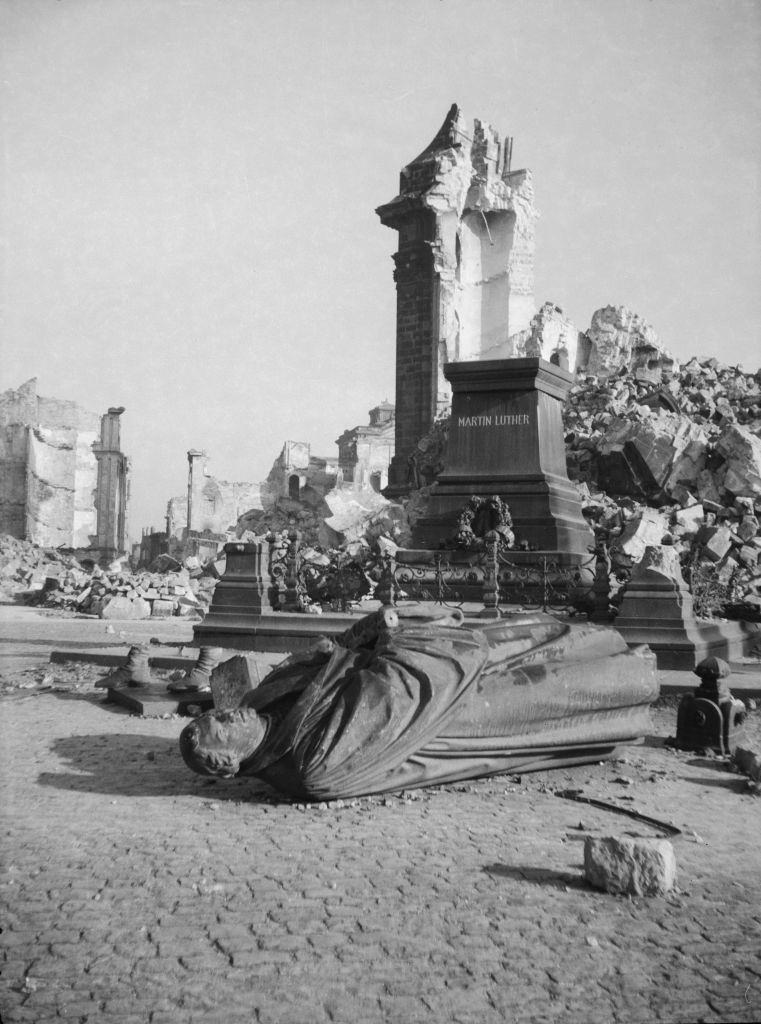
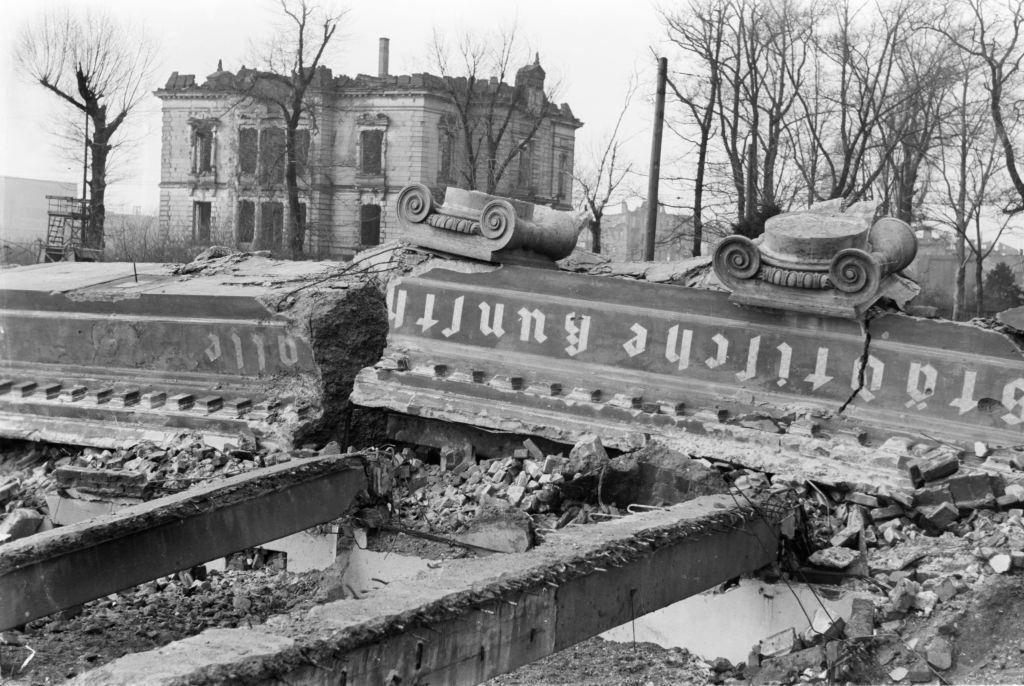
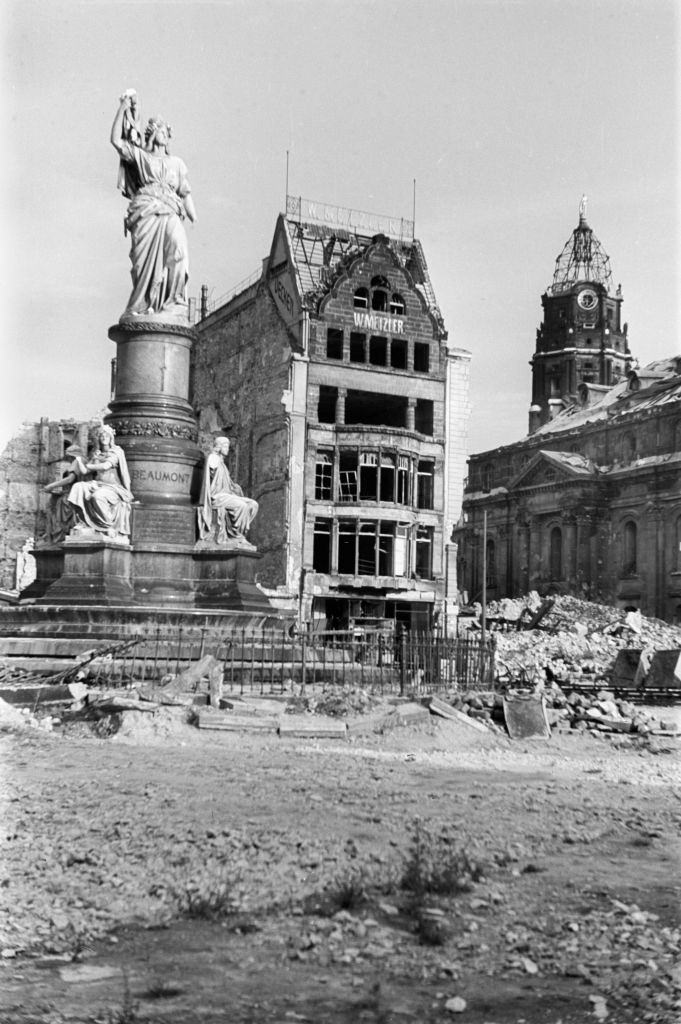
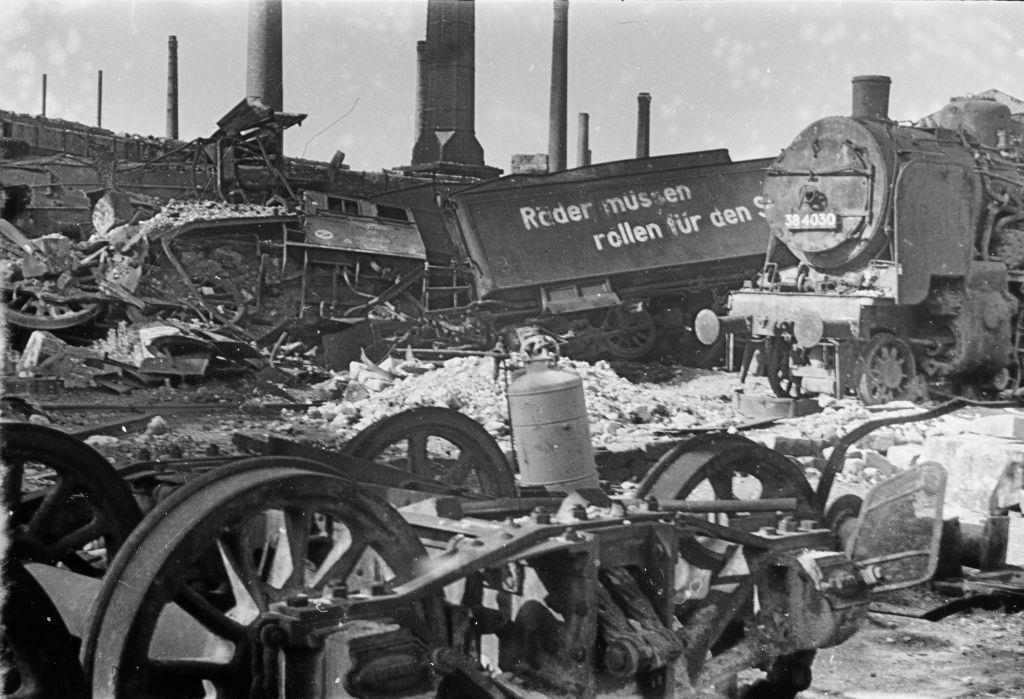
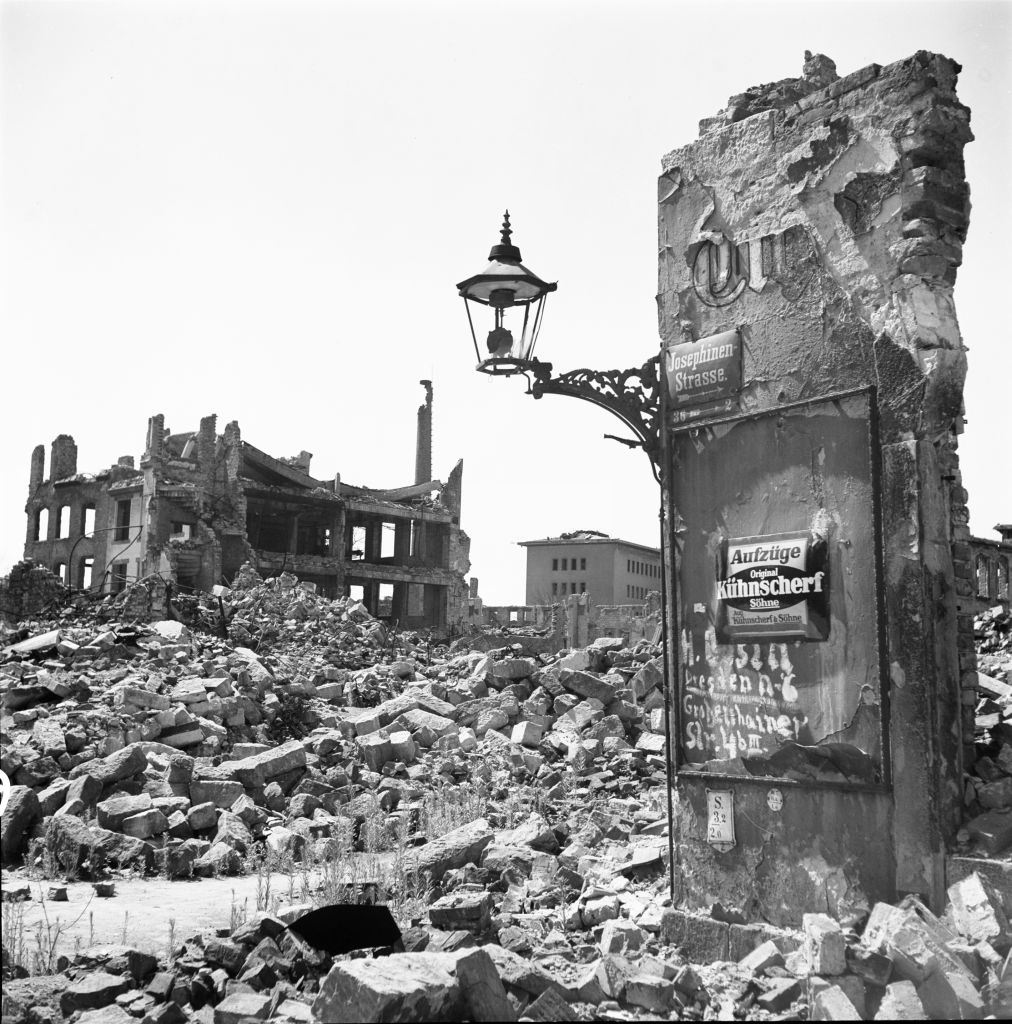
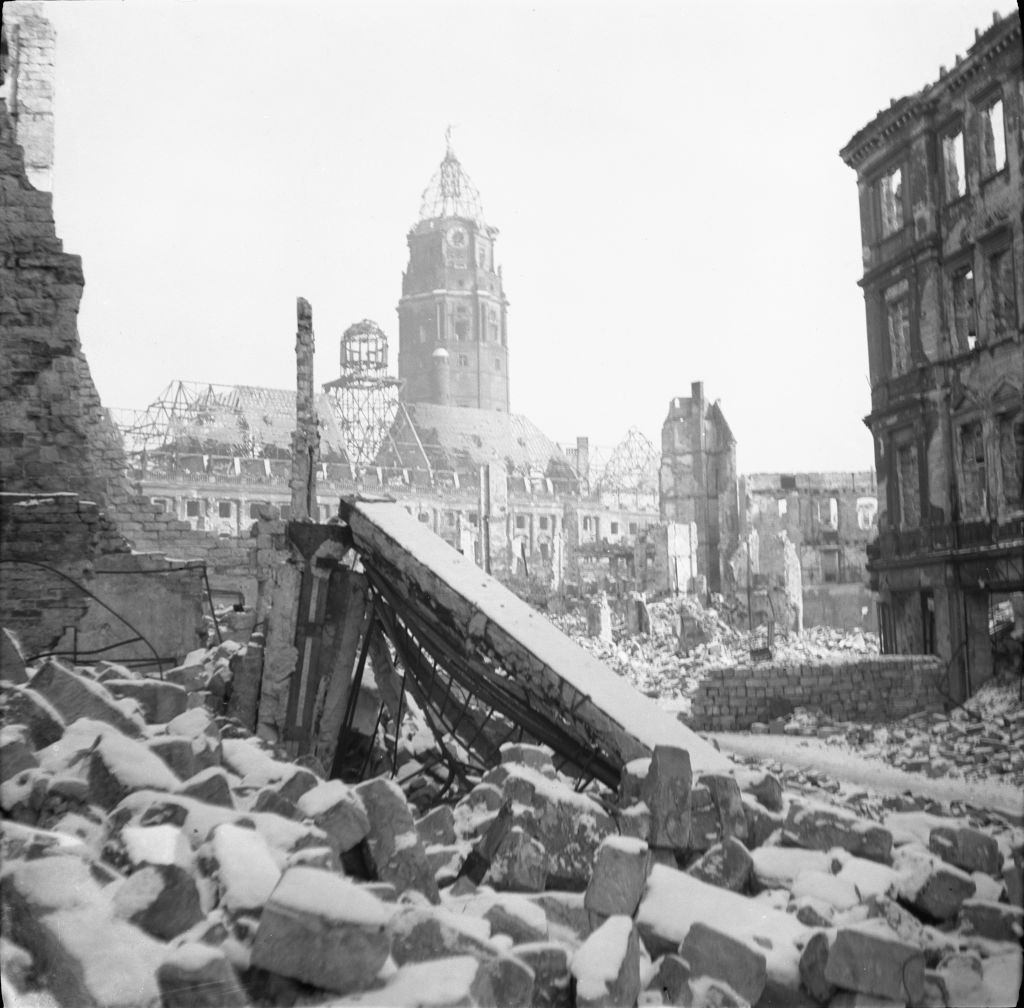
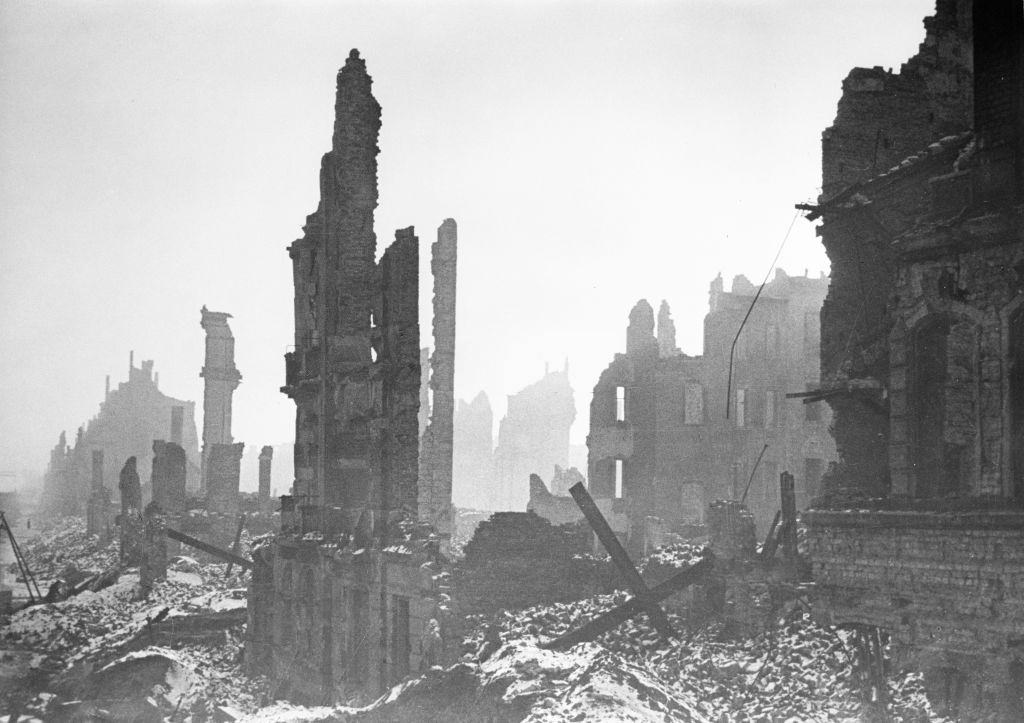
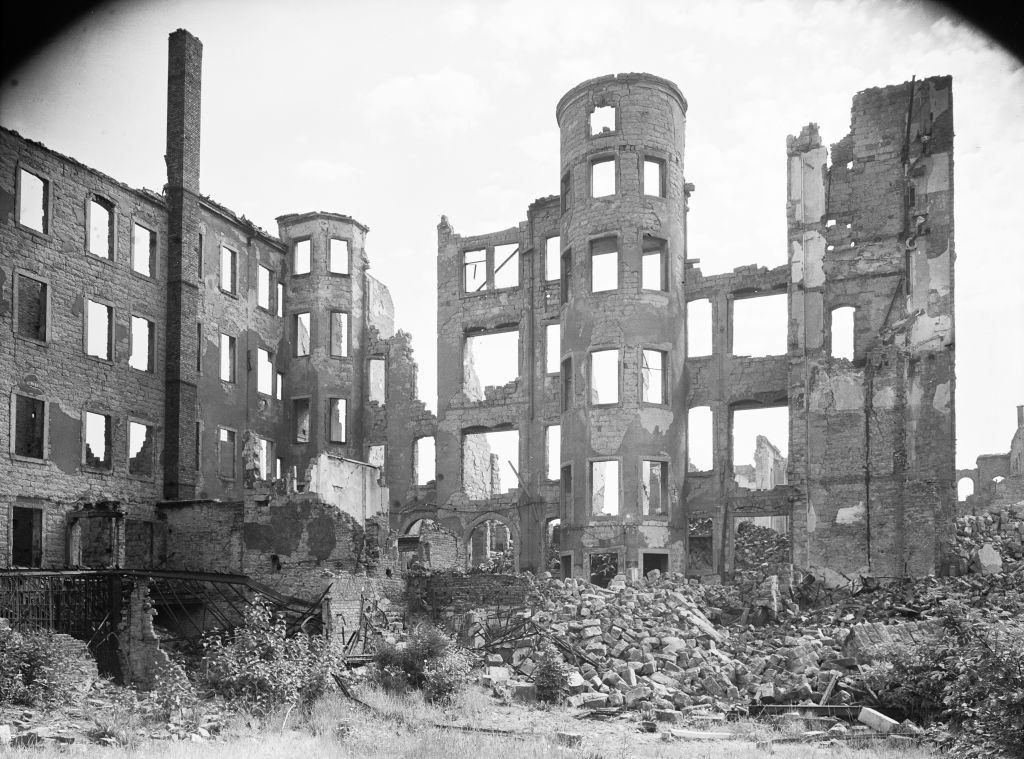
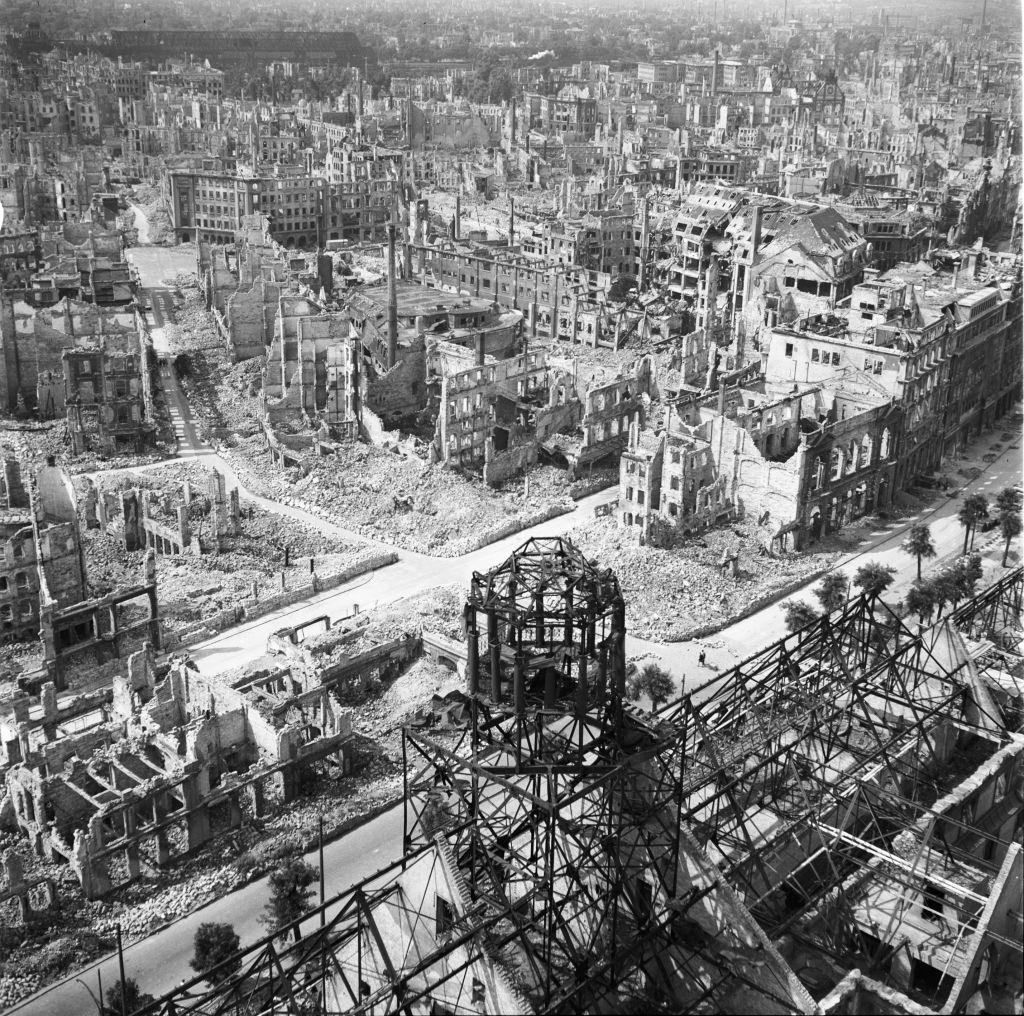
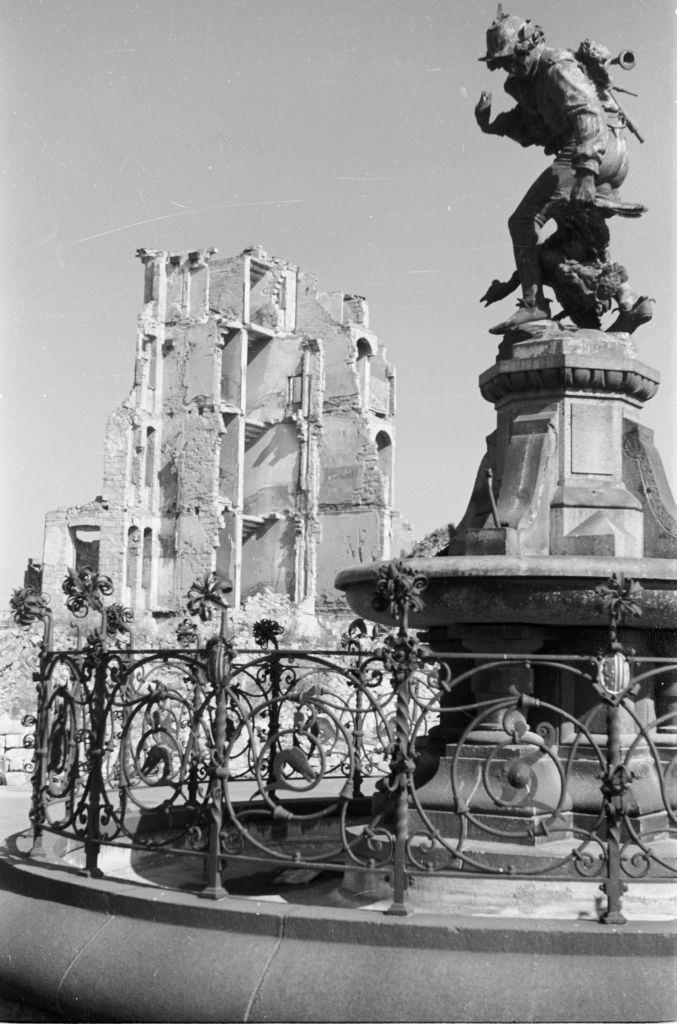
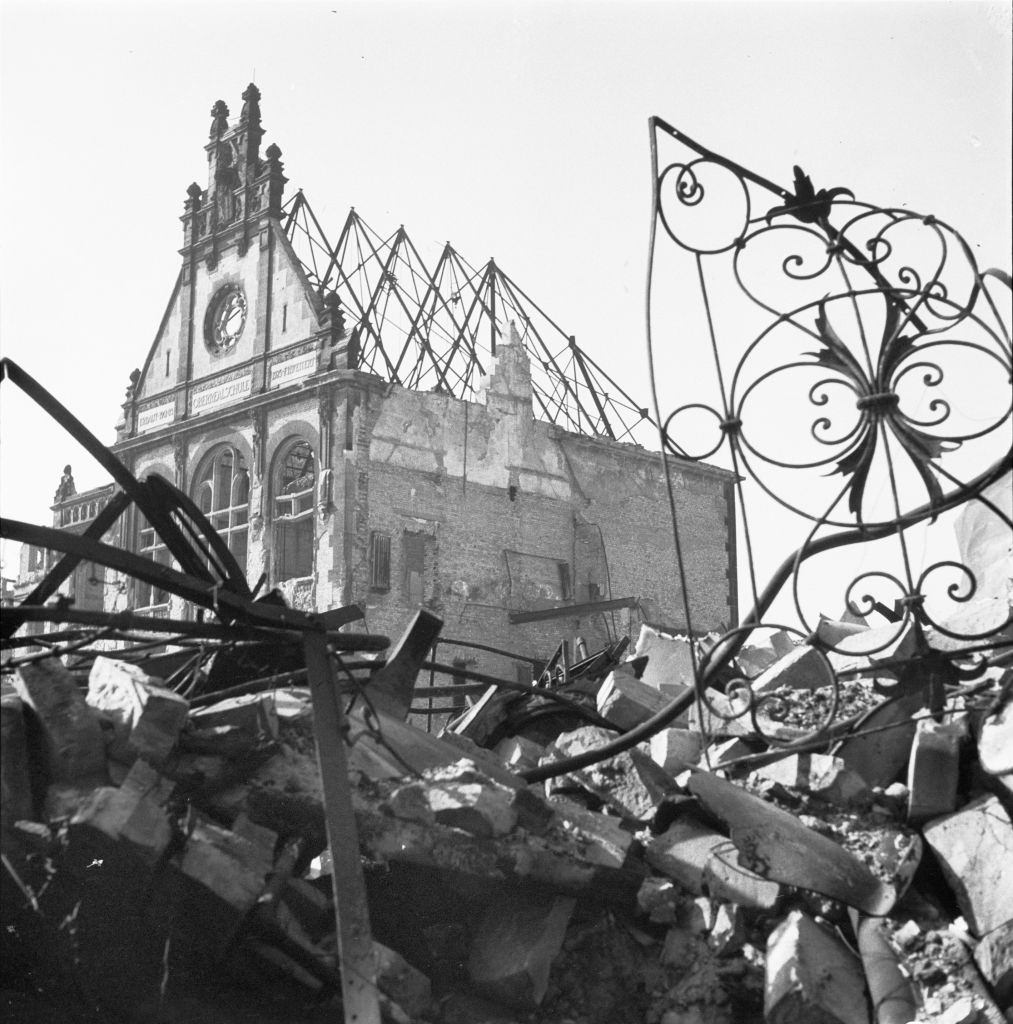
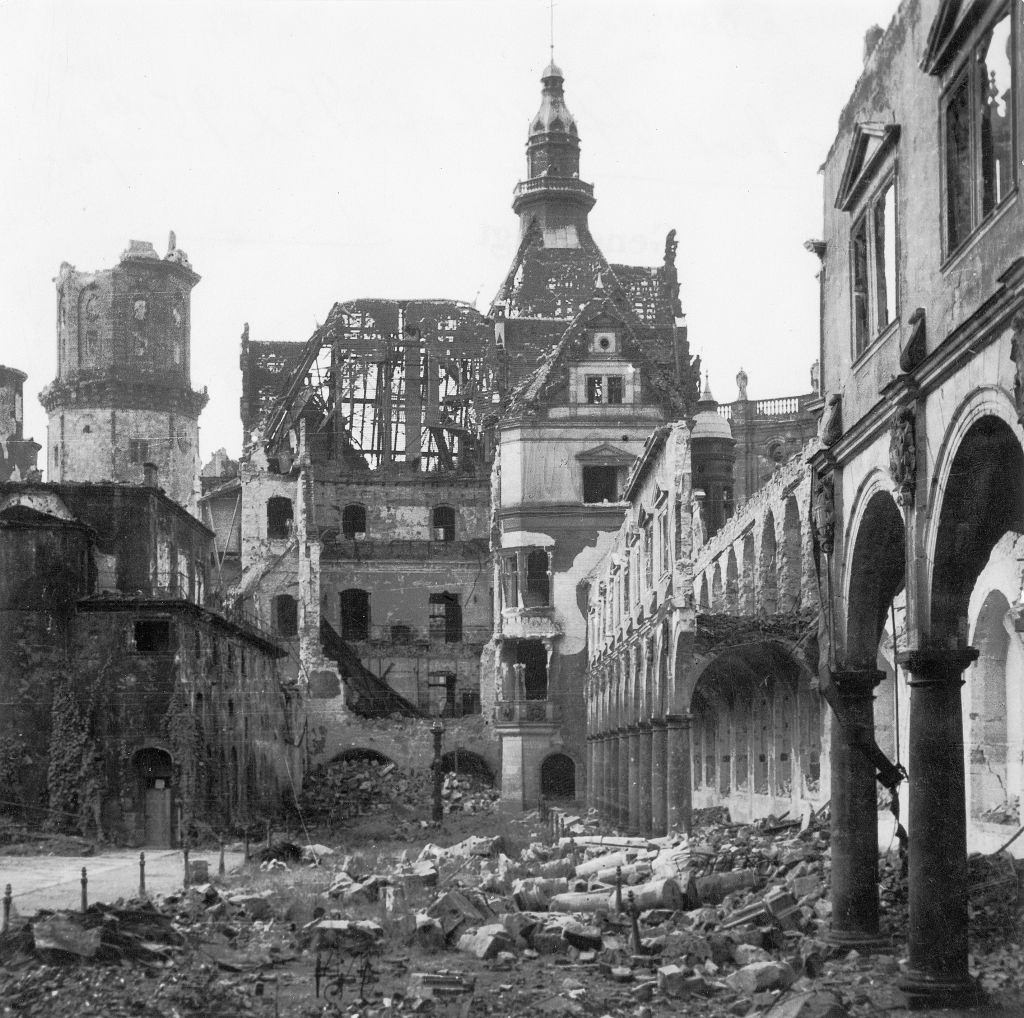
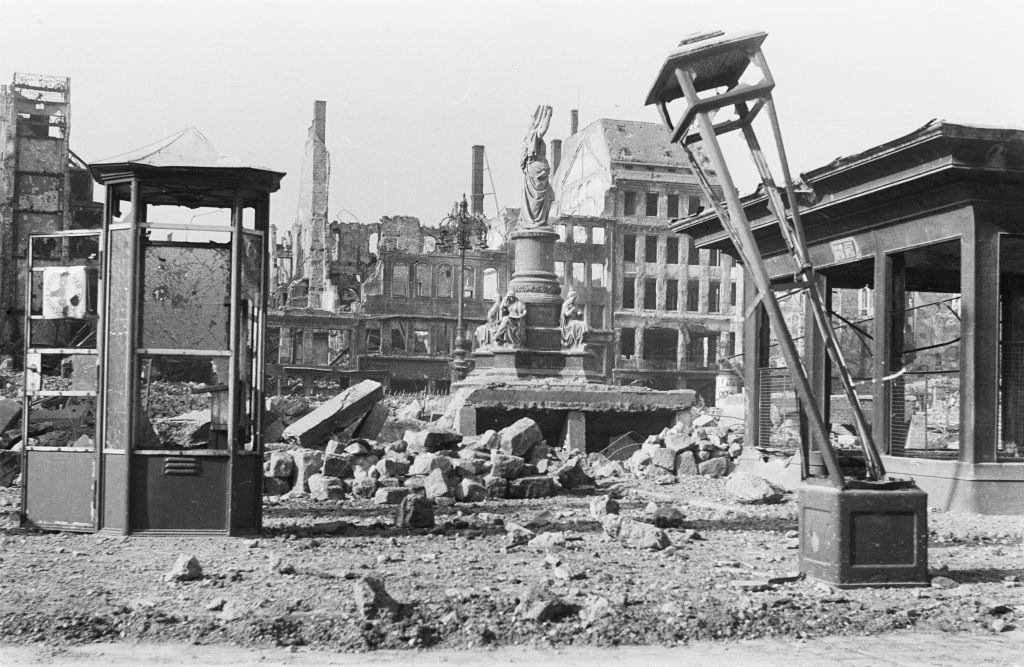
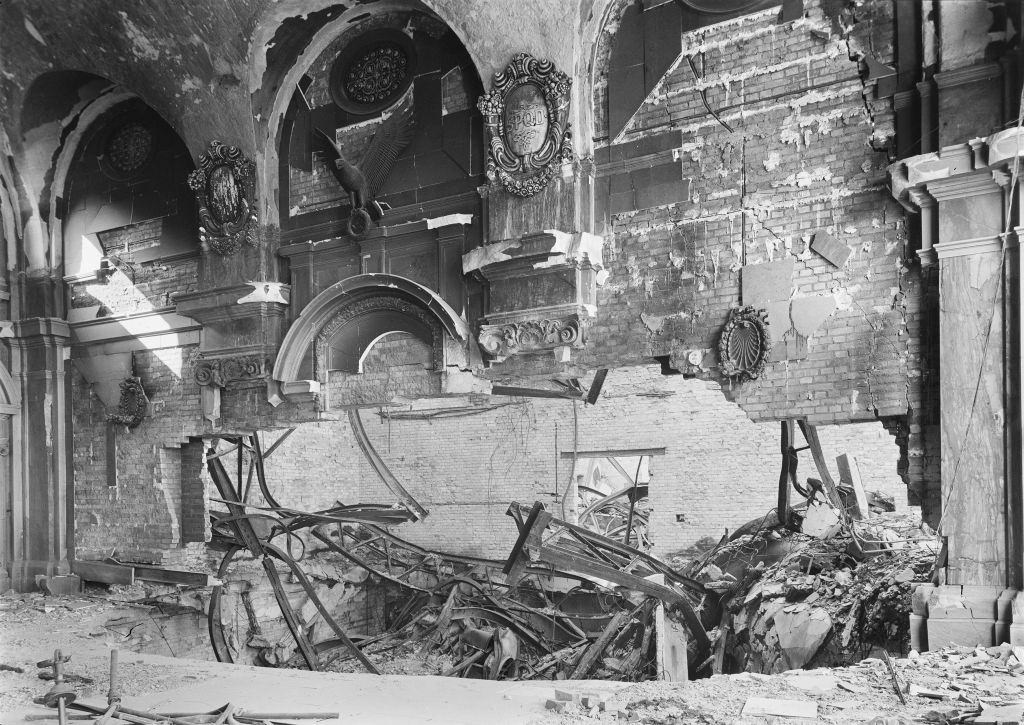
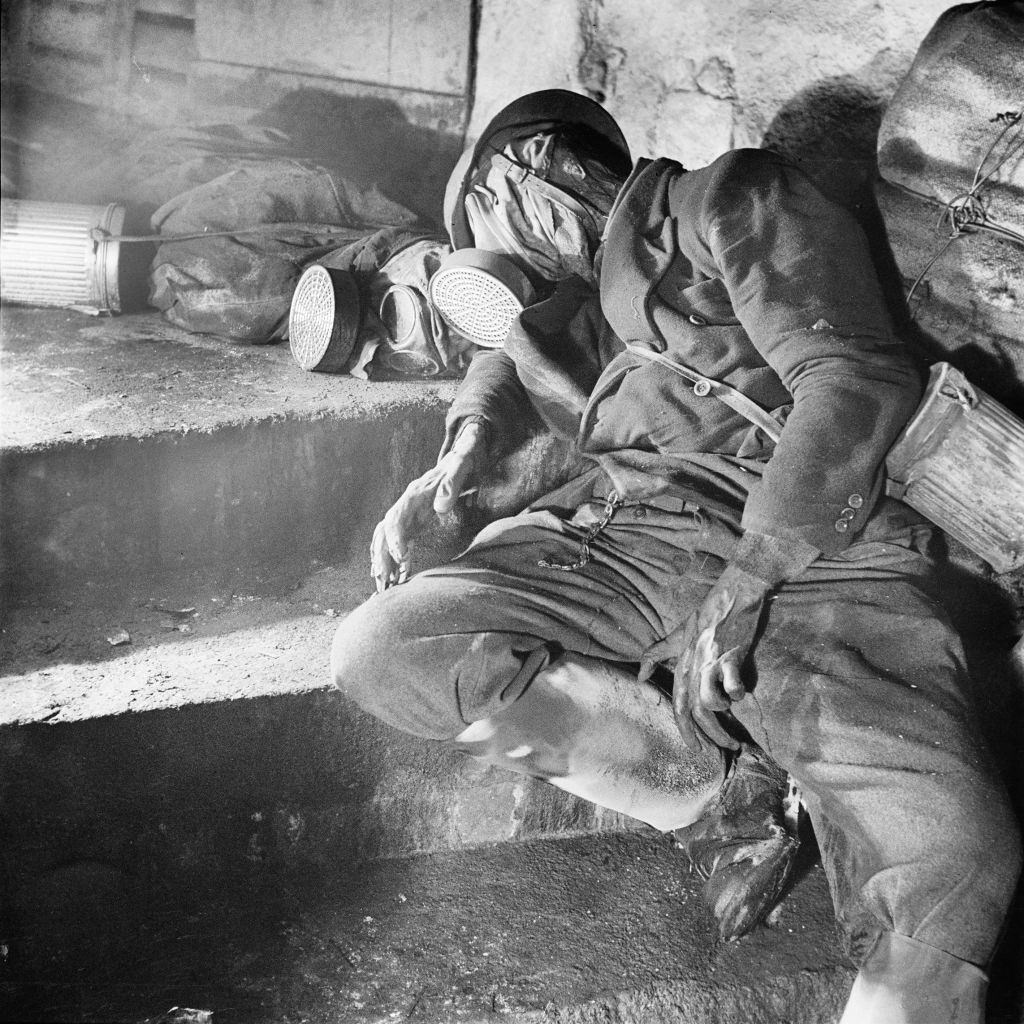
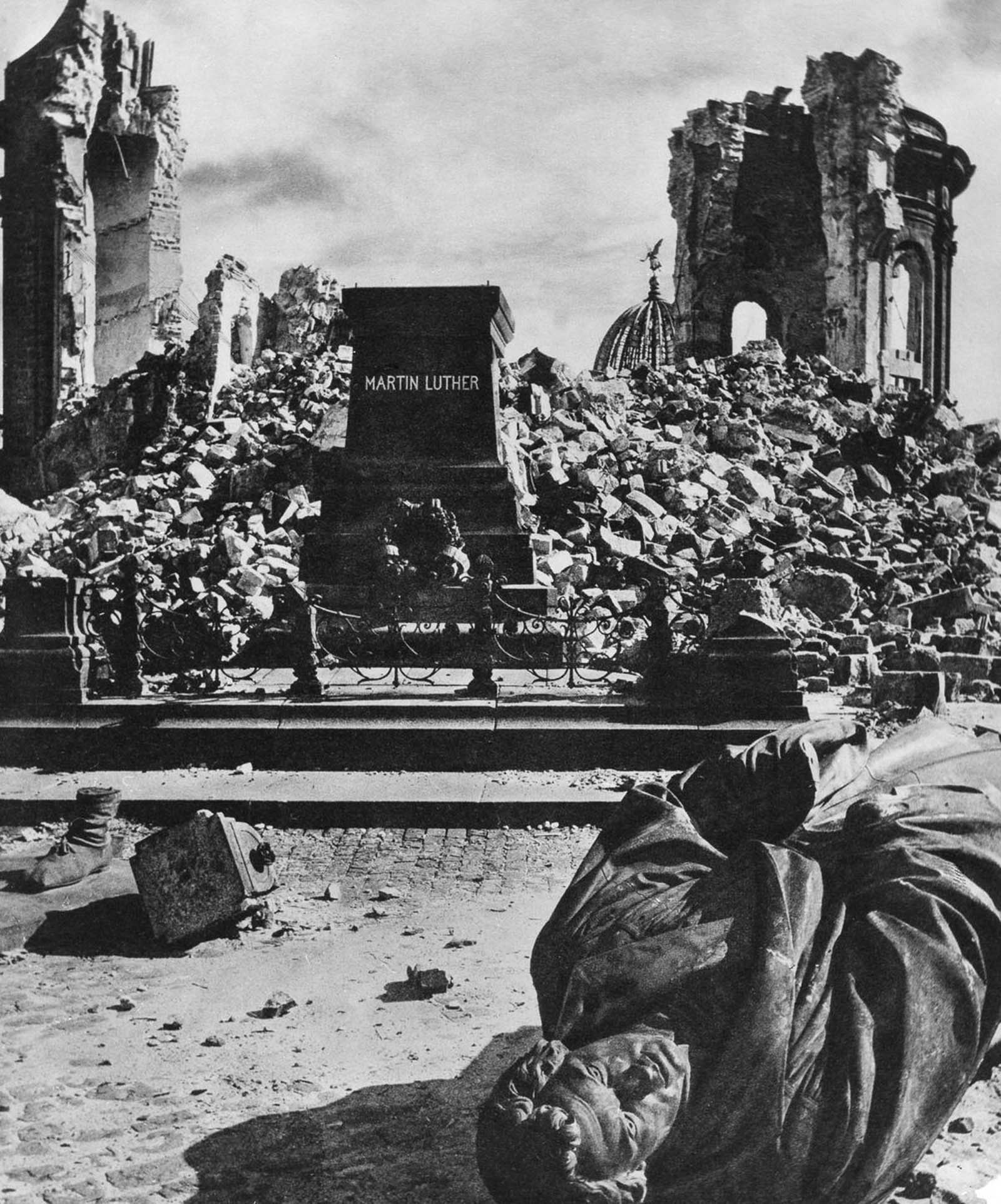
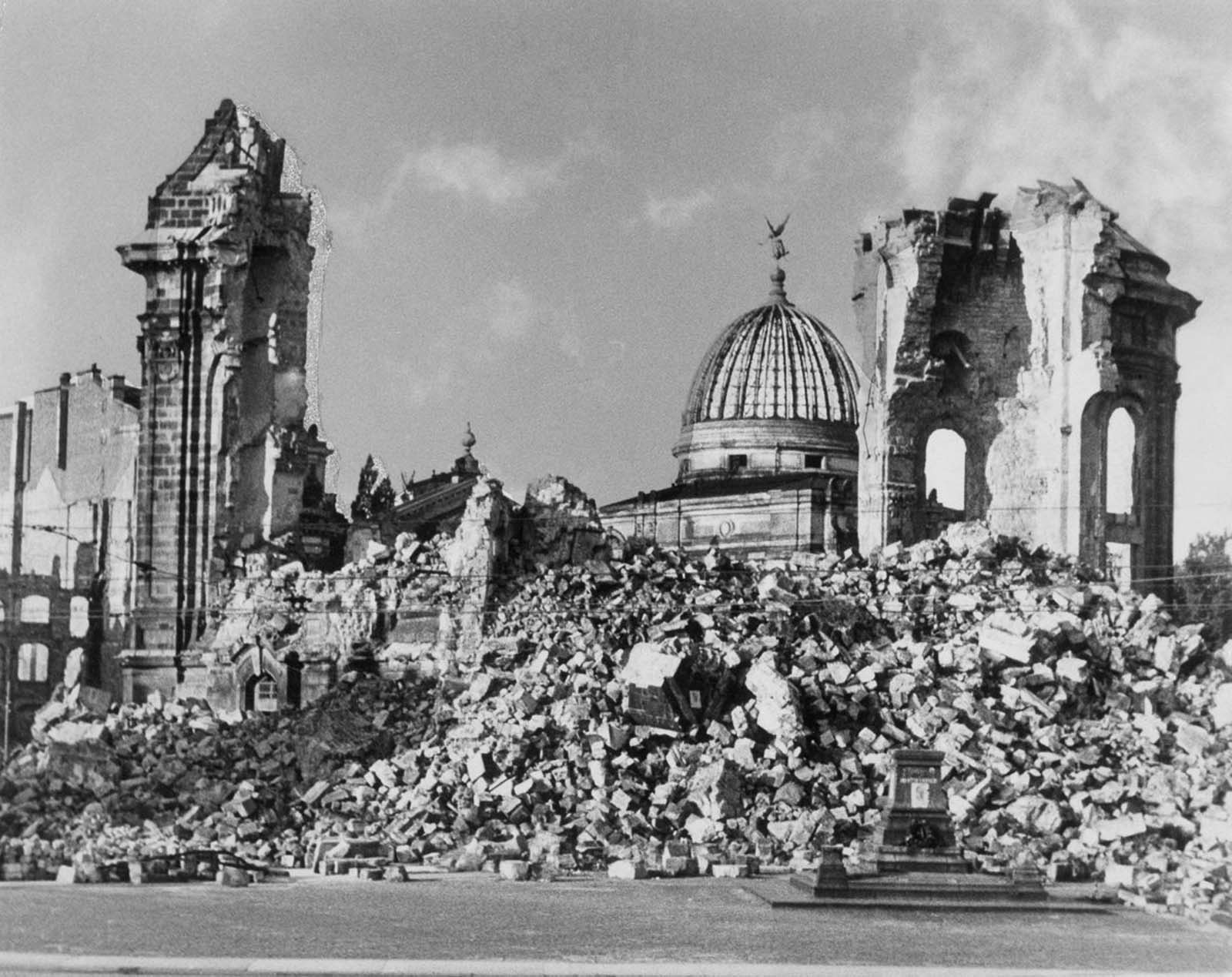
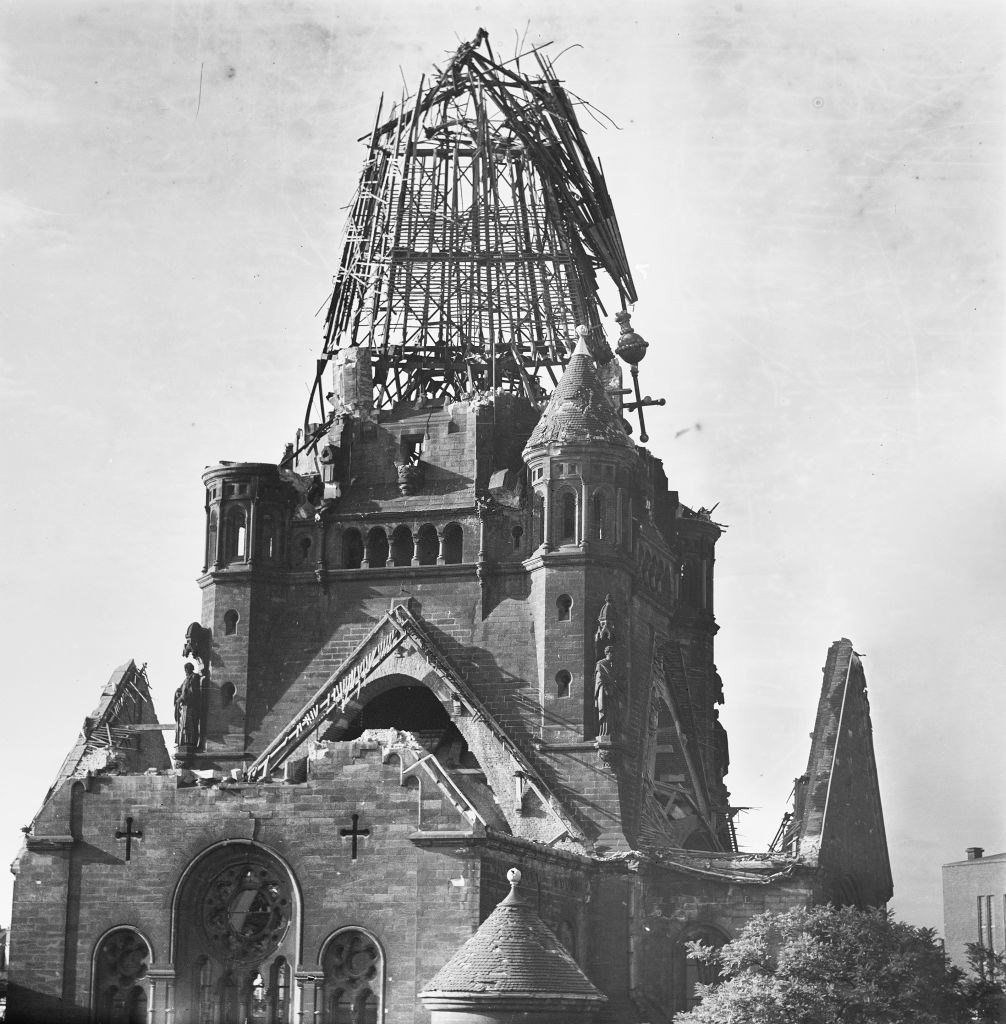
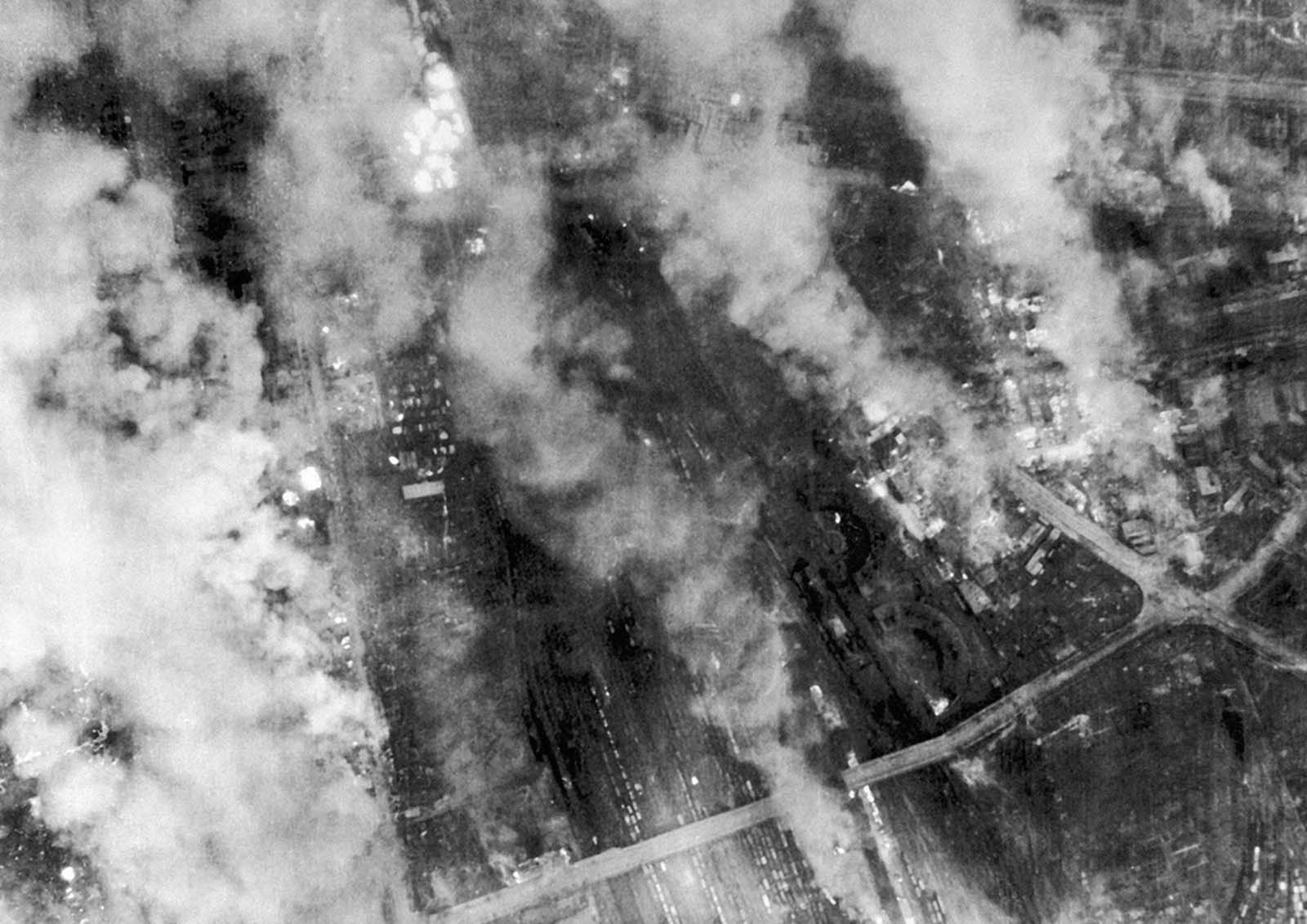

Kurt Vonnegut was a POW during WWII and survived the Dresden bombing in an underground slaughterhouse. He then spent months clearing the rubble of dead bodies.
I never saw these pictures. Thank you for sharing
Those flames were insanely hot; 3000 ° is hot enough to melt titanium and many different metals. I hope they didn’t feel much before they burned to death.
A tragic time. Innocent people died in the most horrific ways. In war, there is no good guy.
An article I read claimed many civilians who made it to air raid shelters and basements within the city were cooked alive by the heat of the bombs; when rescuers opened the doors, they found only pools of brown liquid and bones floating about. I’ll try to locate it again and link it.
Heat does not seem to liquefy bodies. The only thing I hear from my contemporaries is suffocation or burning alive. Those bunkers don’t hold much liquid when it comes to a fire that hot.
When you add water from rain, snow, or firefighting and let it sit, it tends to create a vicious pool of… Stuff.
Take a look at the photos. It didn’t snow. The first two attacks had no clouds, so there was not enough time for the rain to collect in such large amounts. As a result of the destroyed infrastructure, there was also no firefighting.
The rain/snow thing isn’t clear to me, but I know that human tissues such as skin, eyes, and various organs can and will melt at high temperatures. I haven’t been able to locate the exact article that says this, but I’ve found quite a few that claim people in Dresden were indeed boiled alive inside tanks and freezers during the war. Similar stories were told about the firebombing of Tokyo during World War II
Which part of them would melt? The only thing I could see melting is fat, which would quickly dry out, given the long-term exposure to heat in the shelters. In those photographs, the bodies are blackened because water evaporates and carbon simply burns. I cannot imagine any part of the body turning into enough liquid to pool on the ground, much less wholly dissolved.